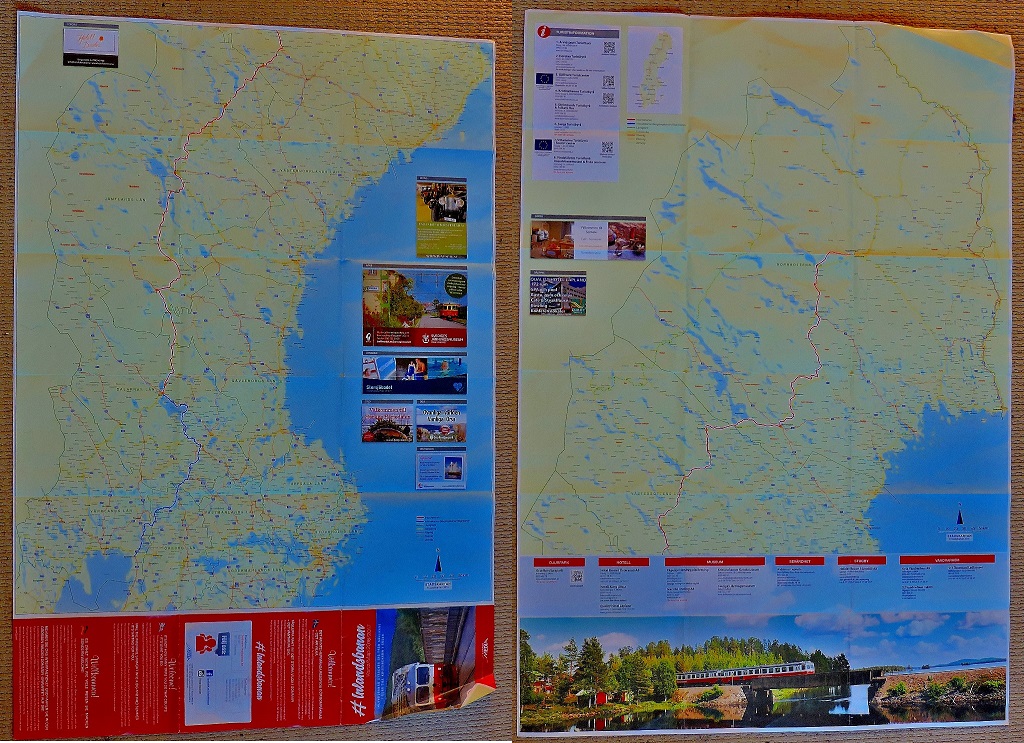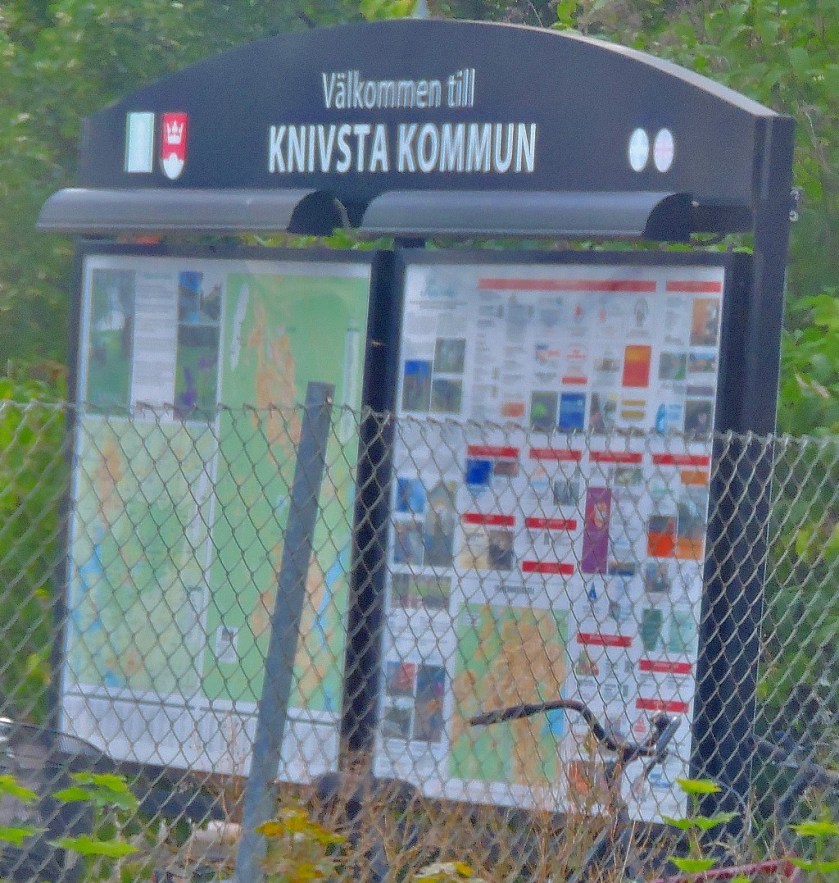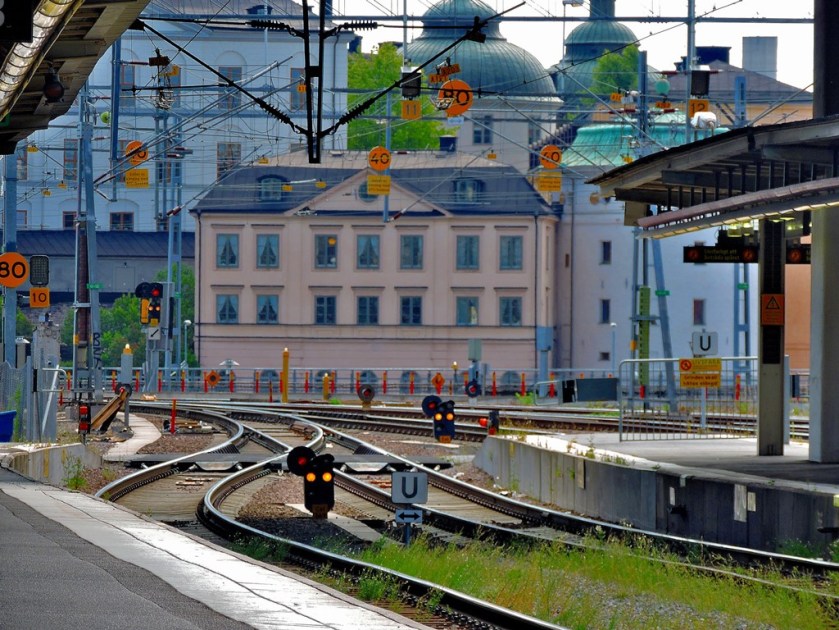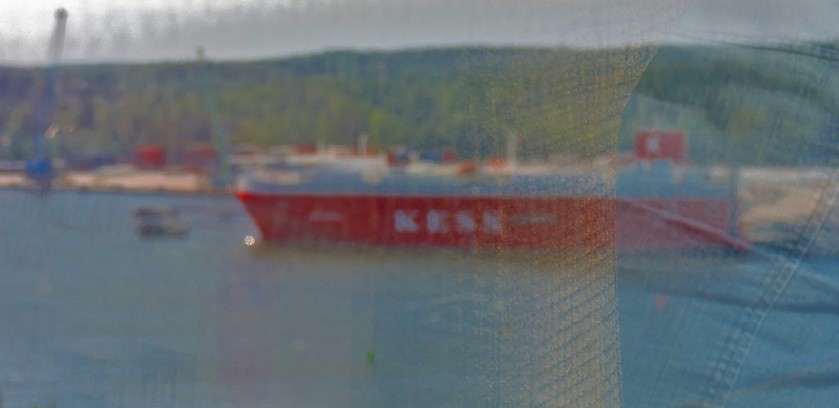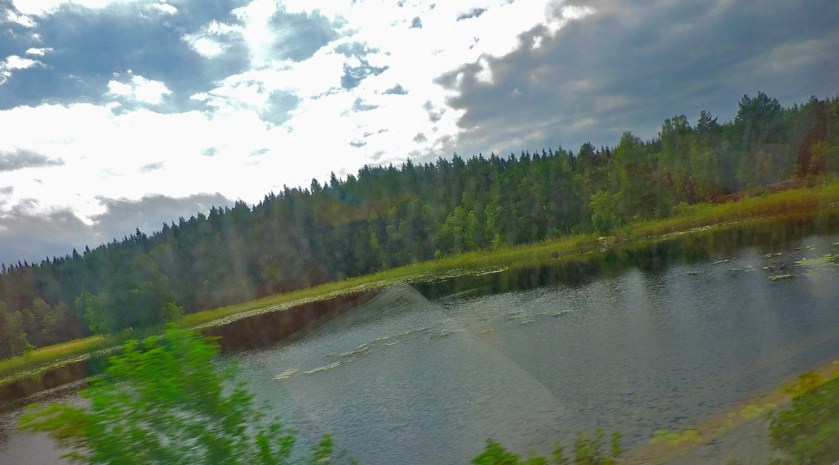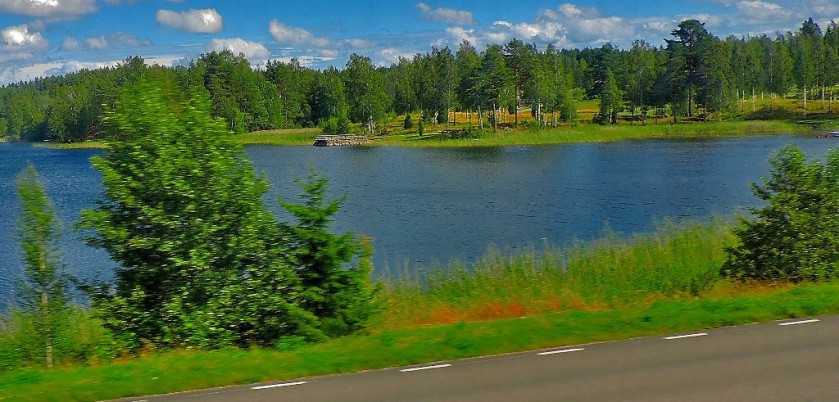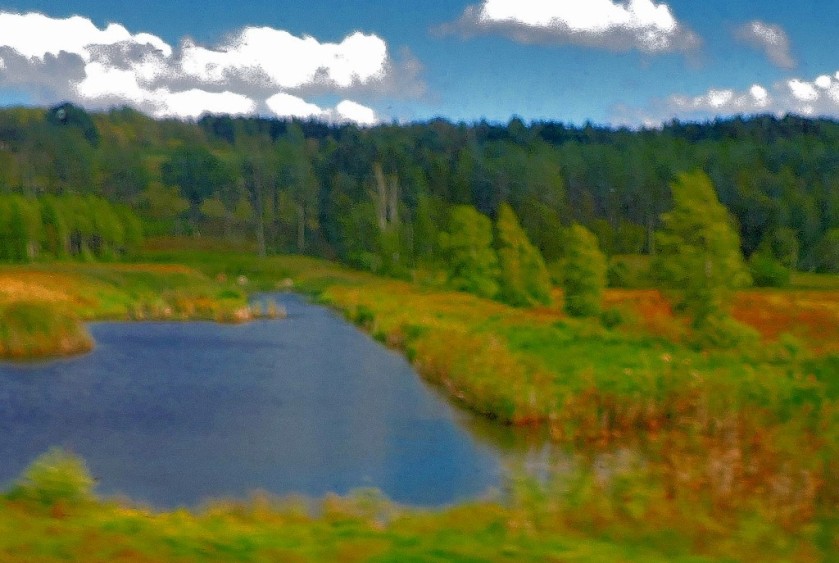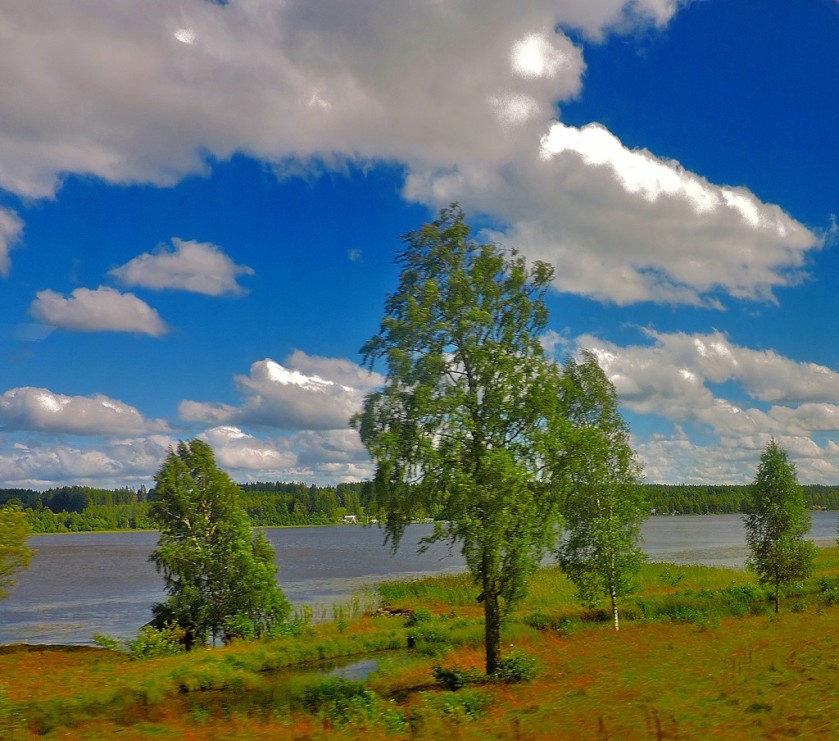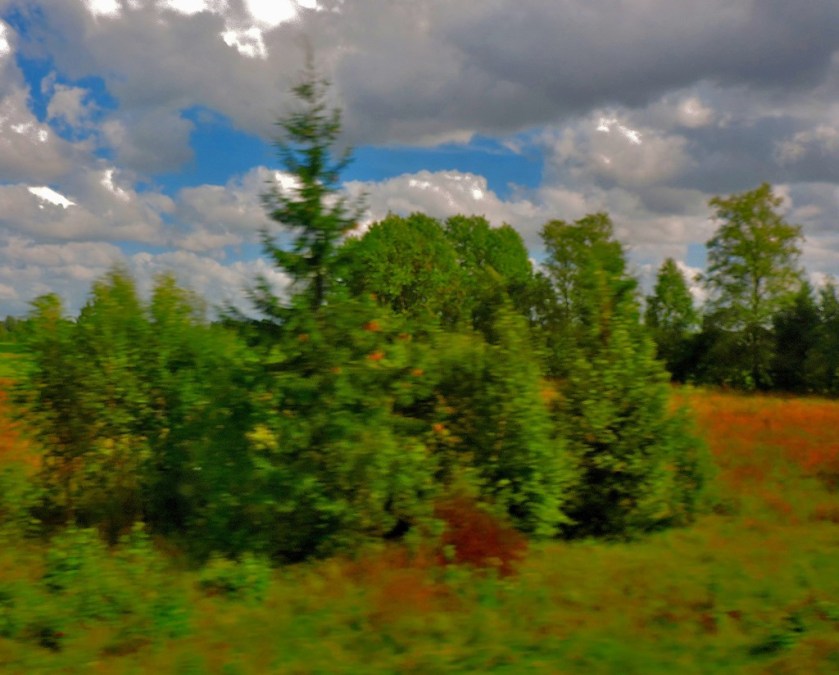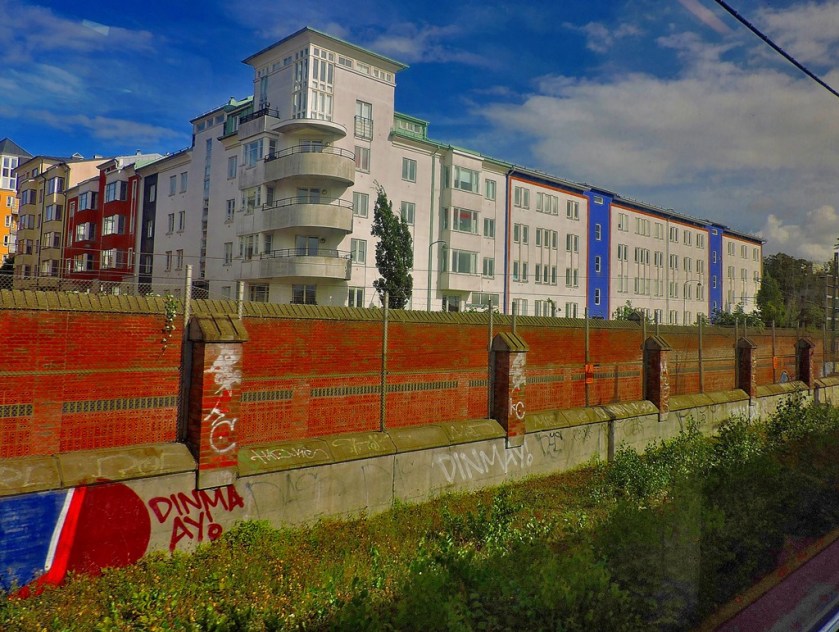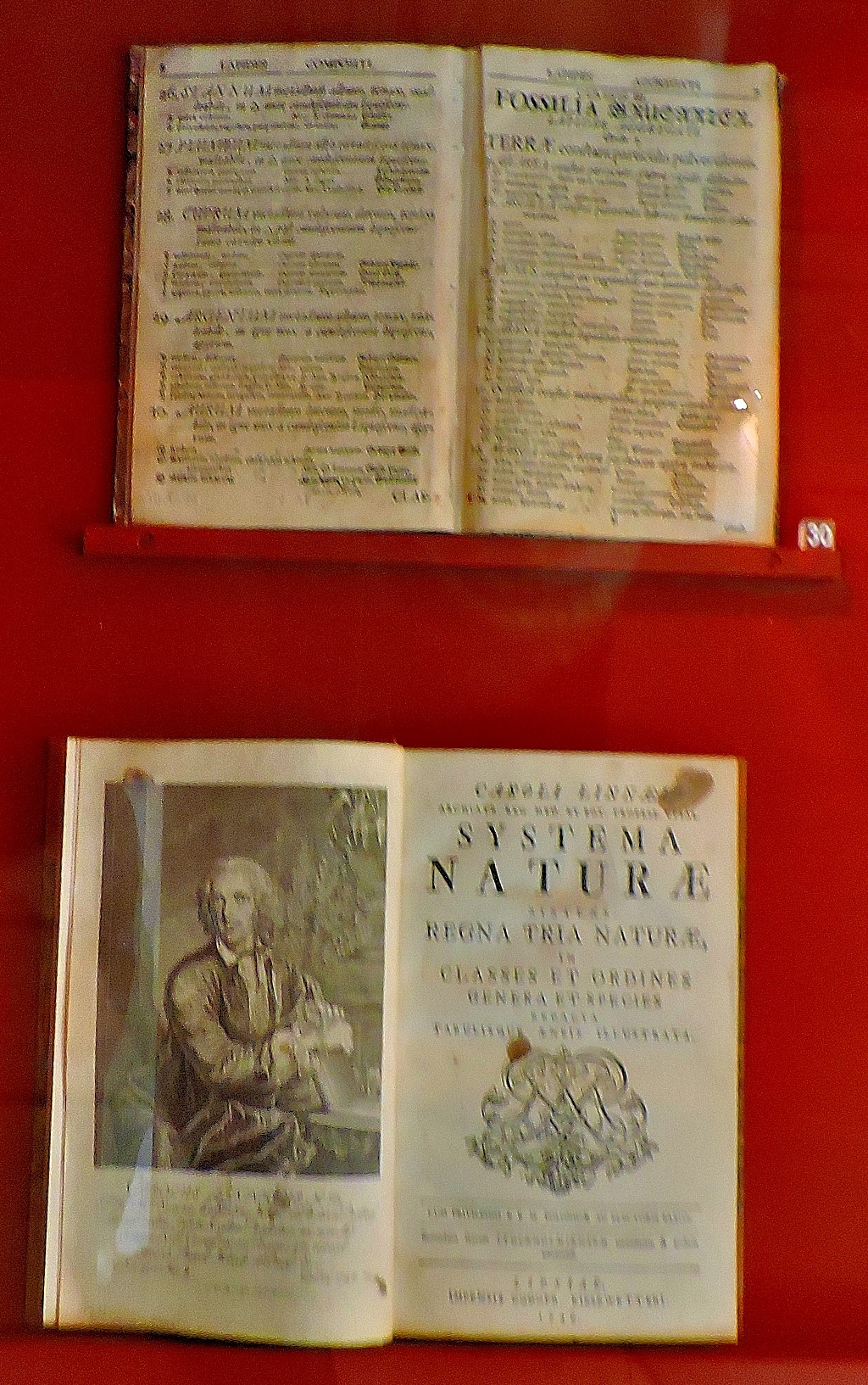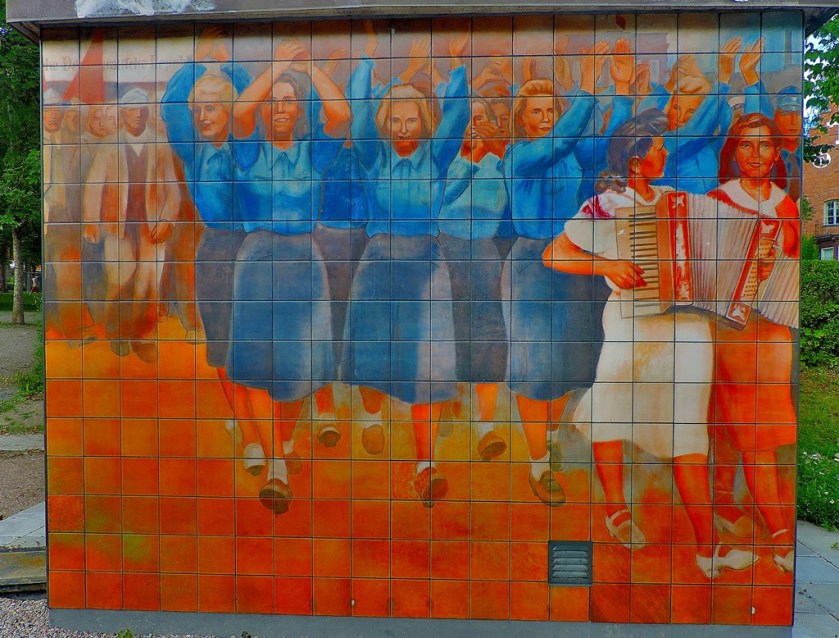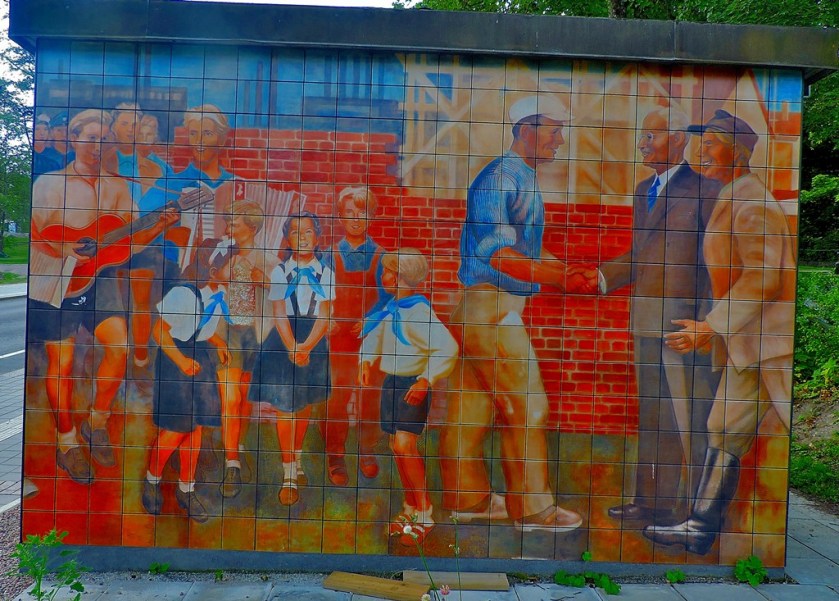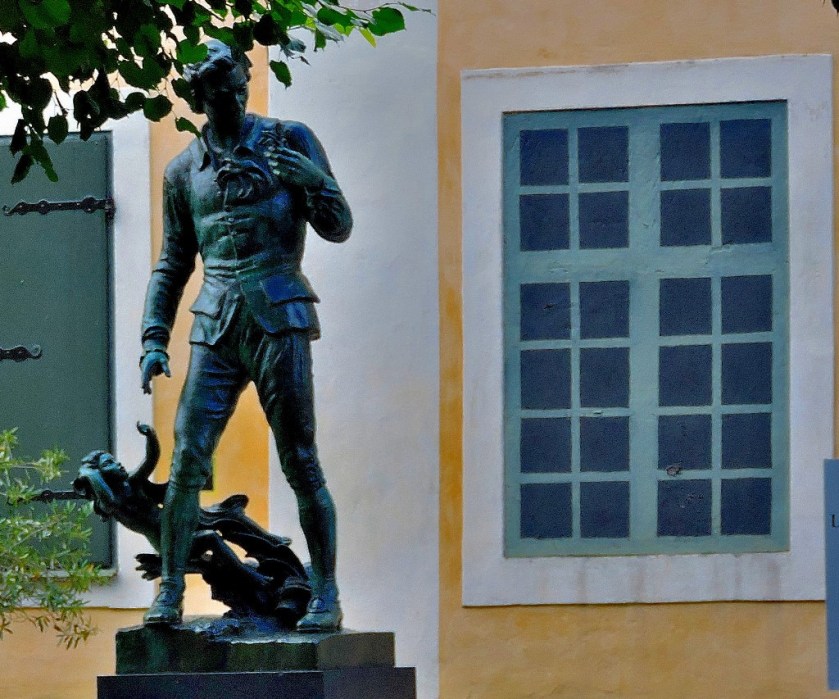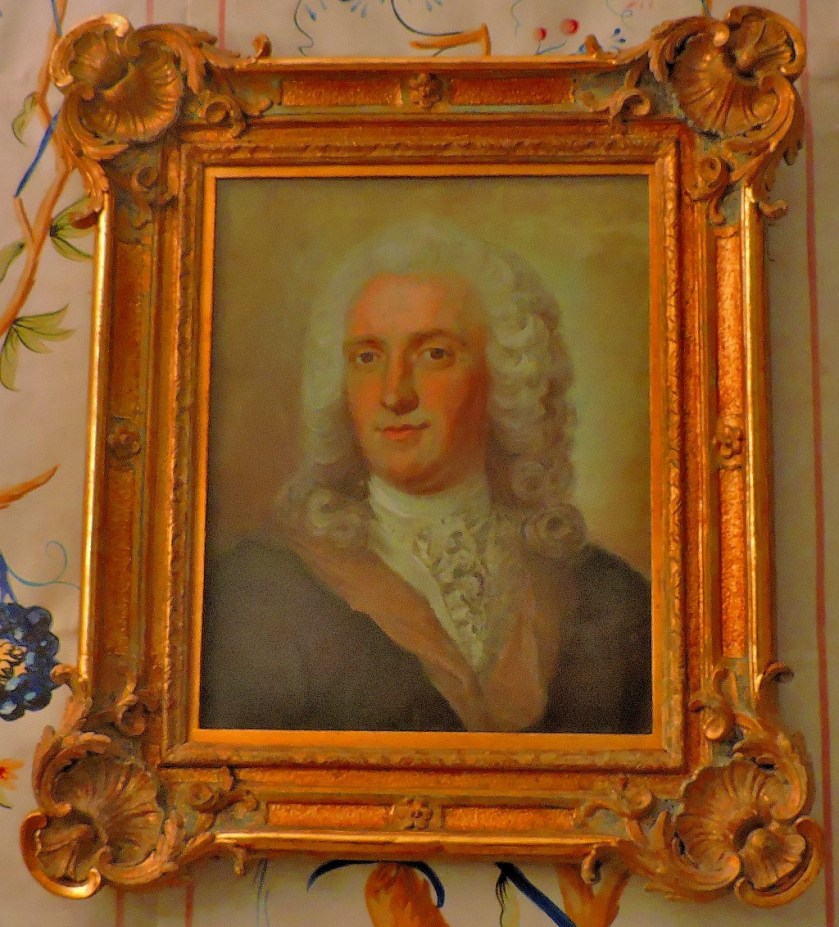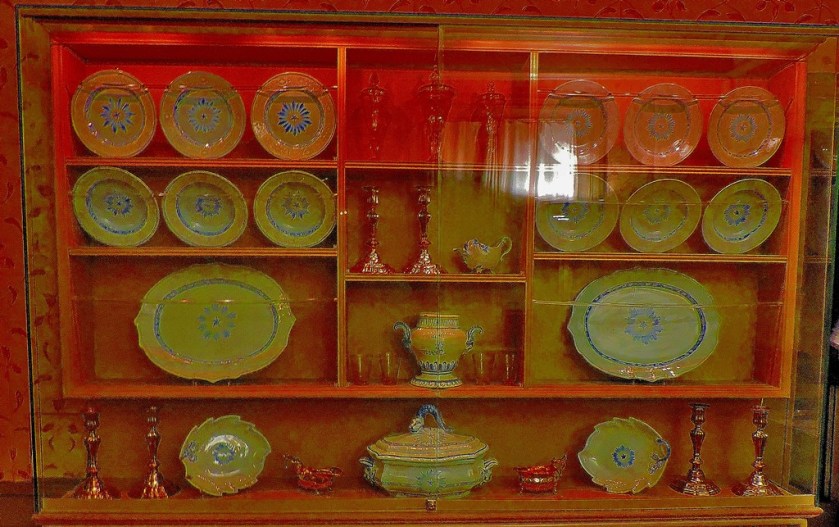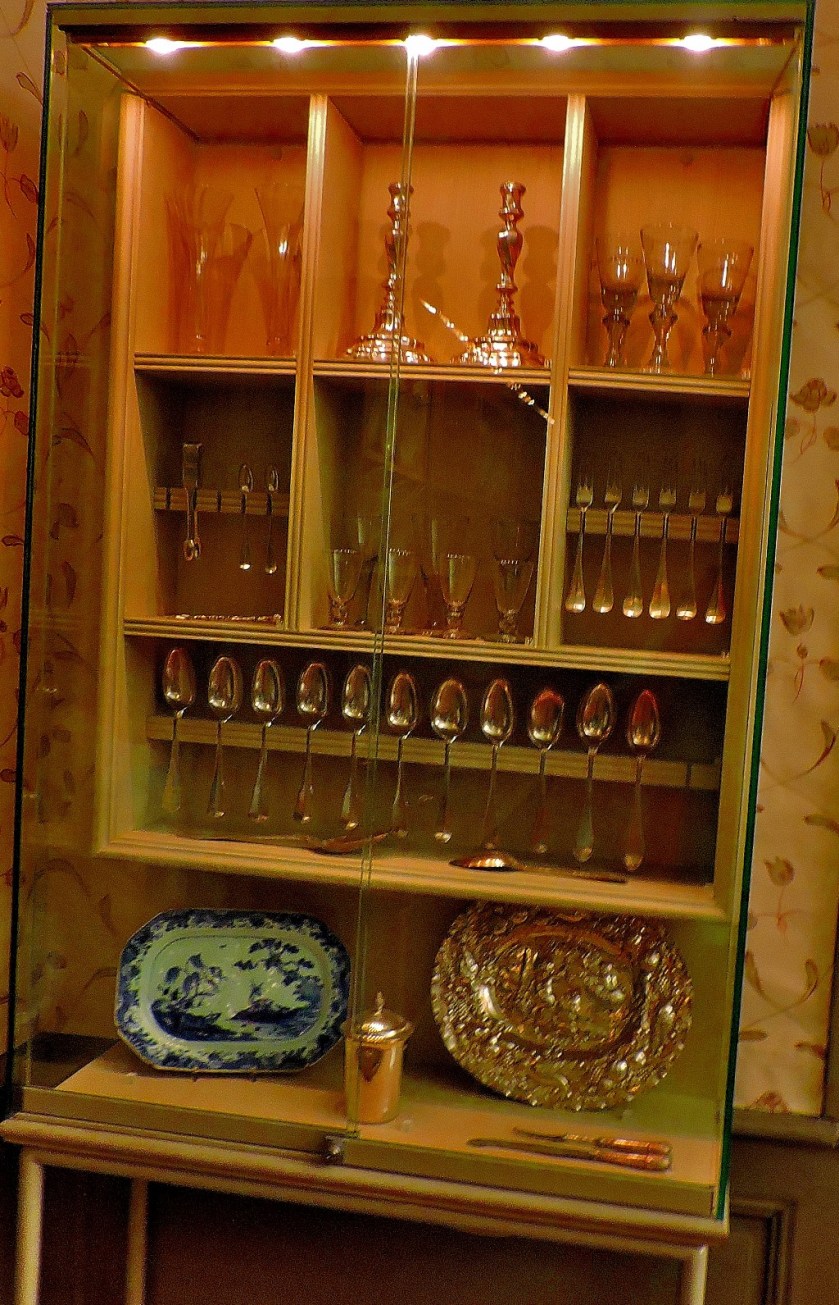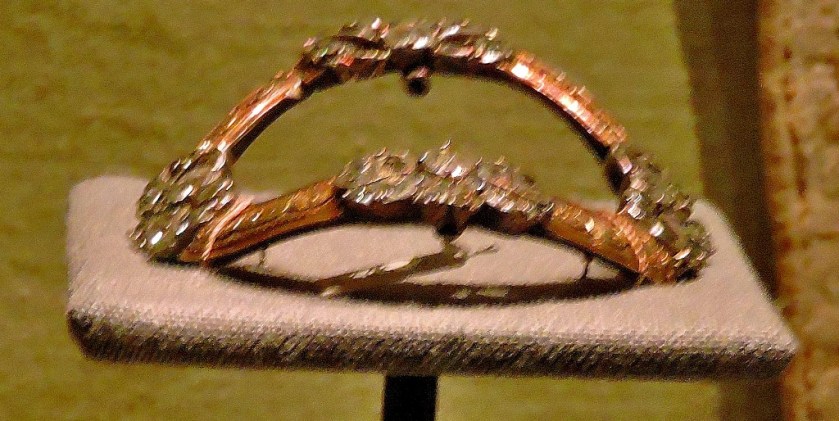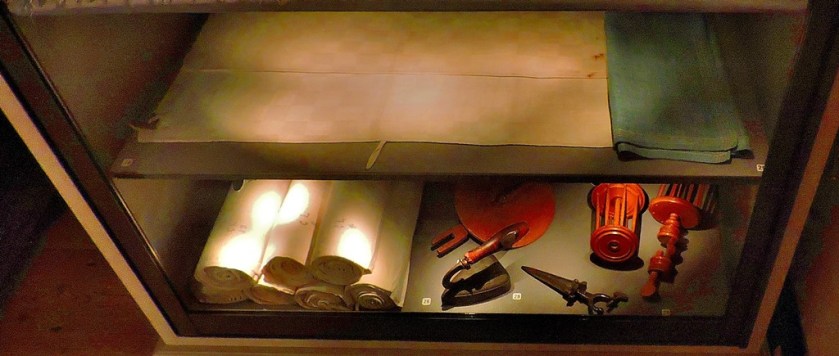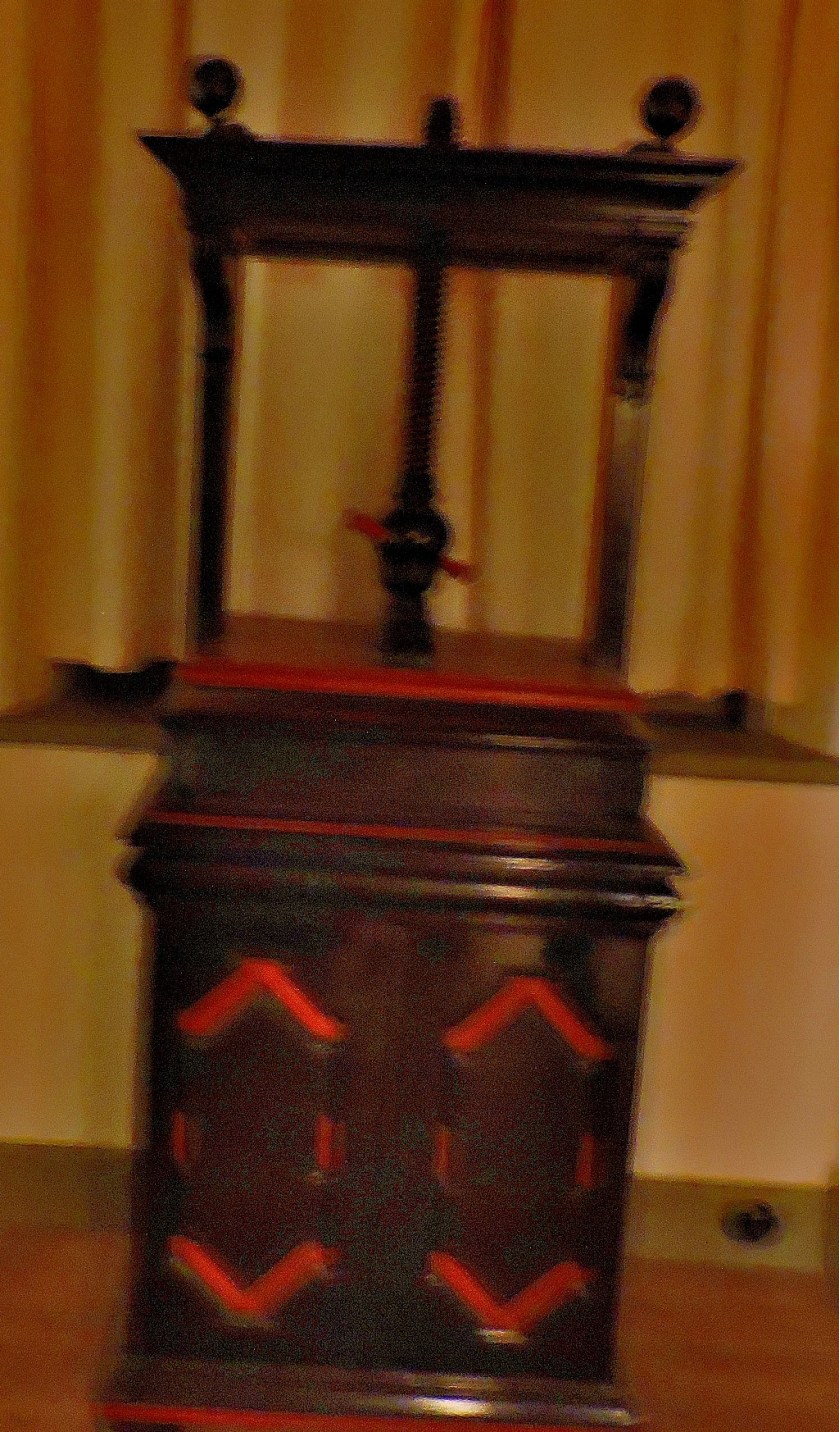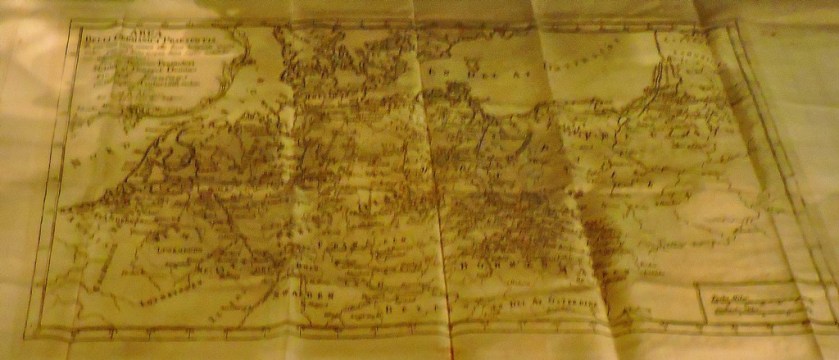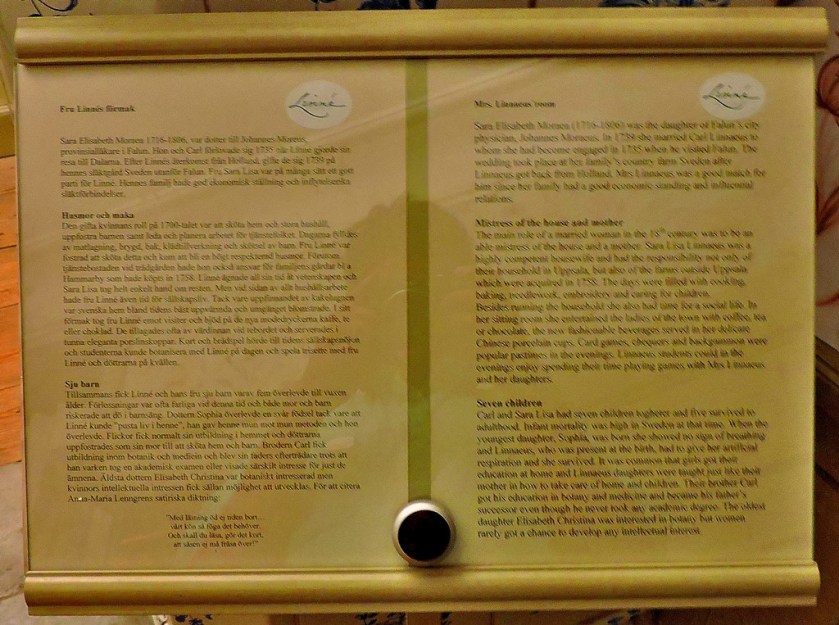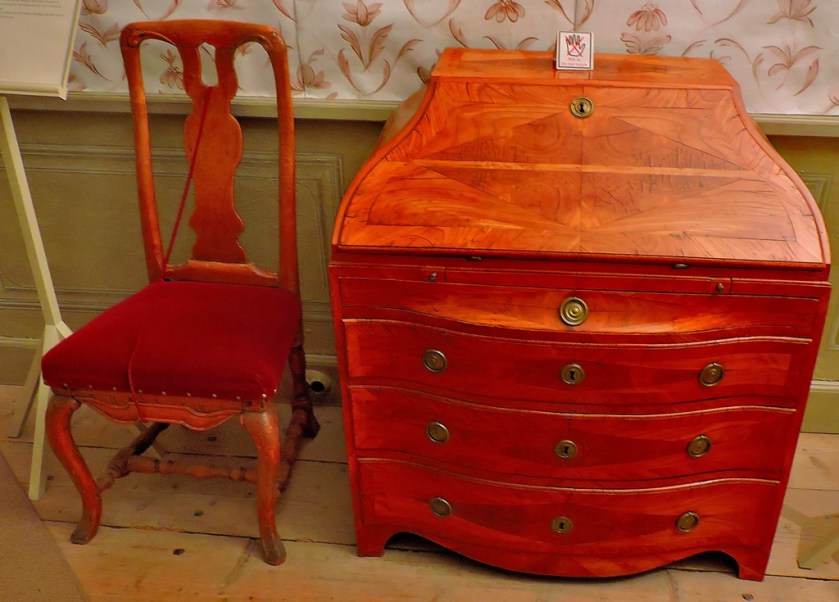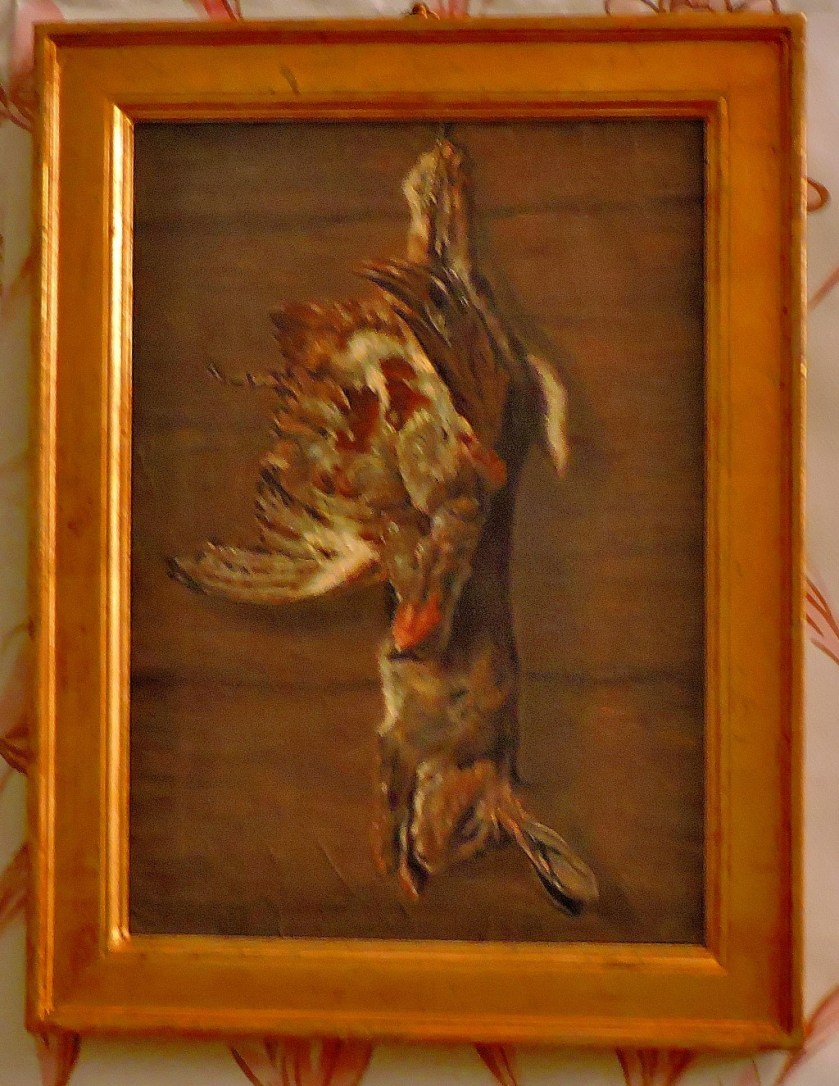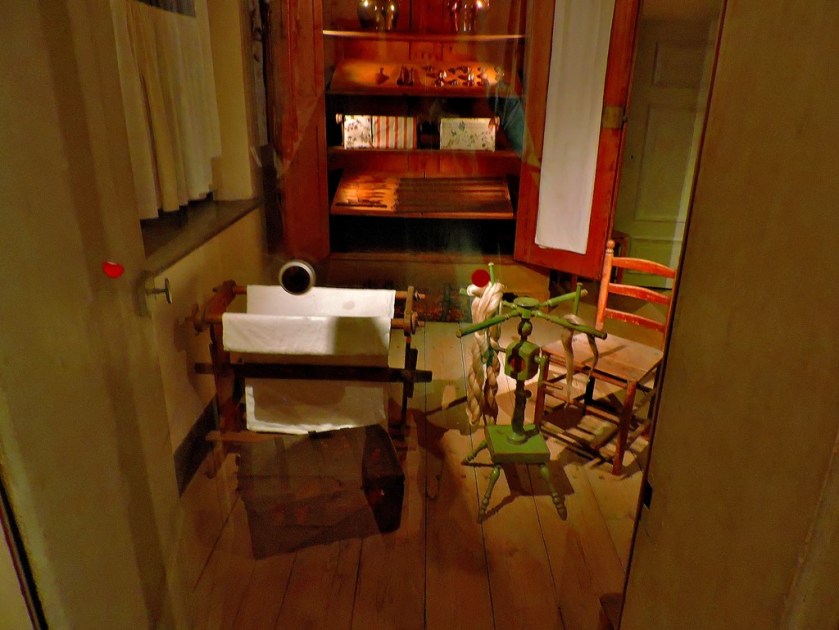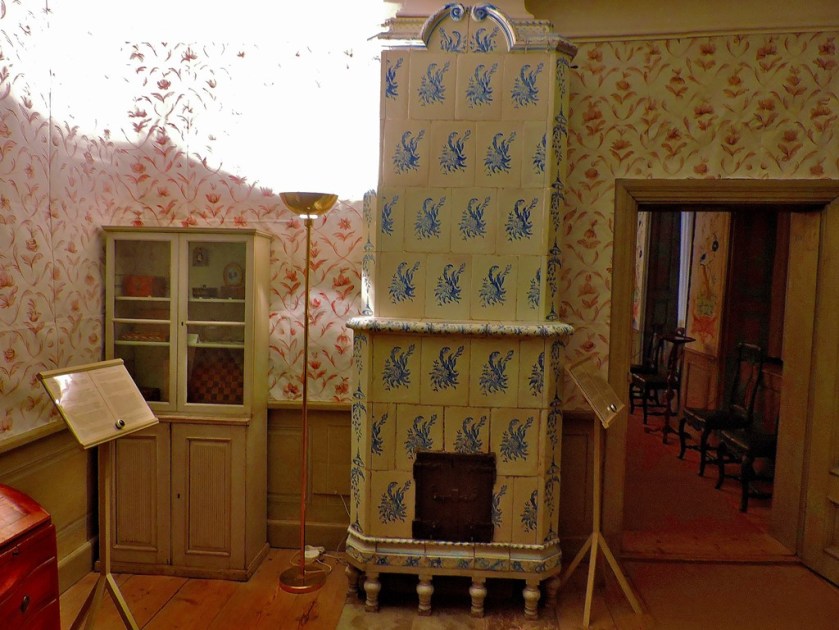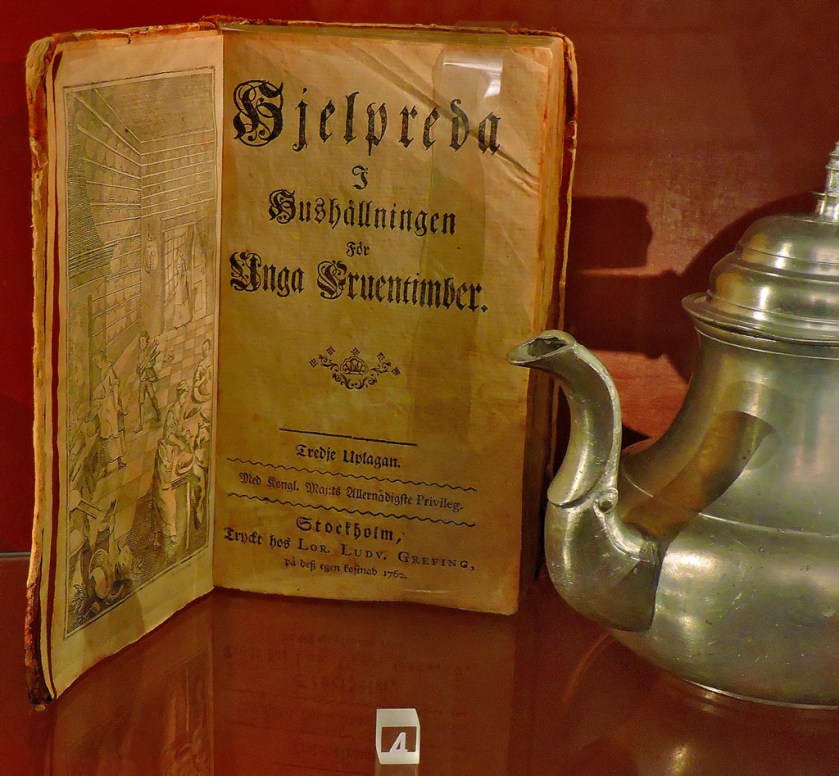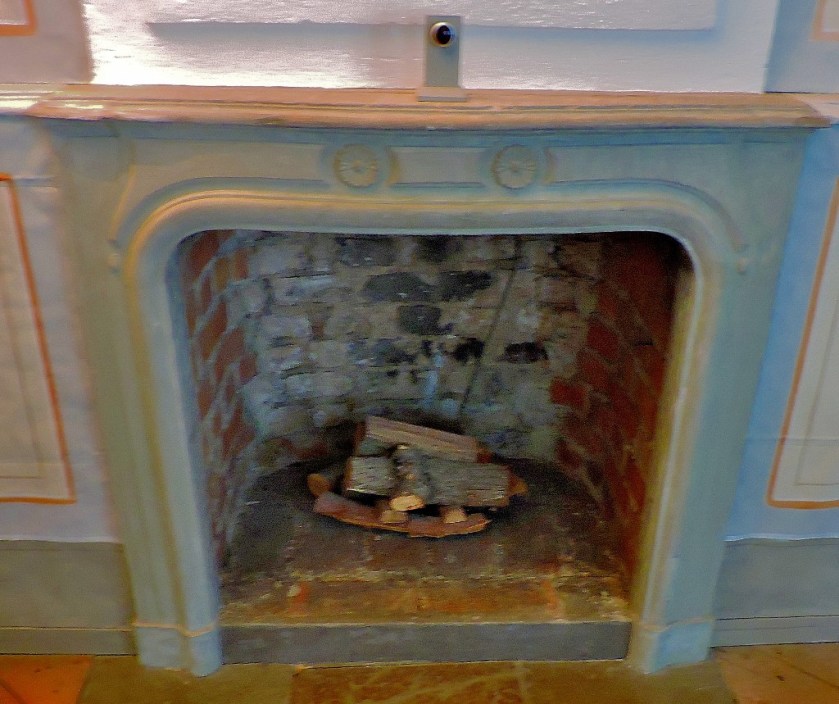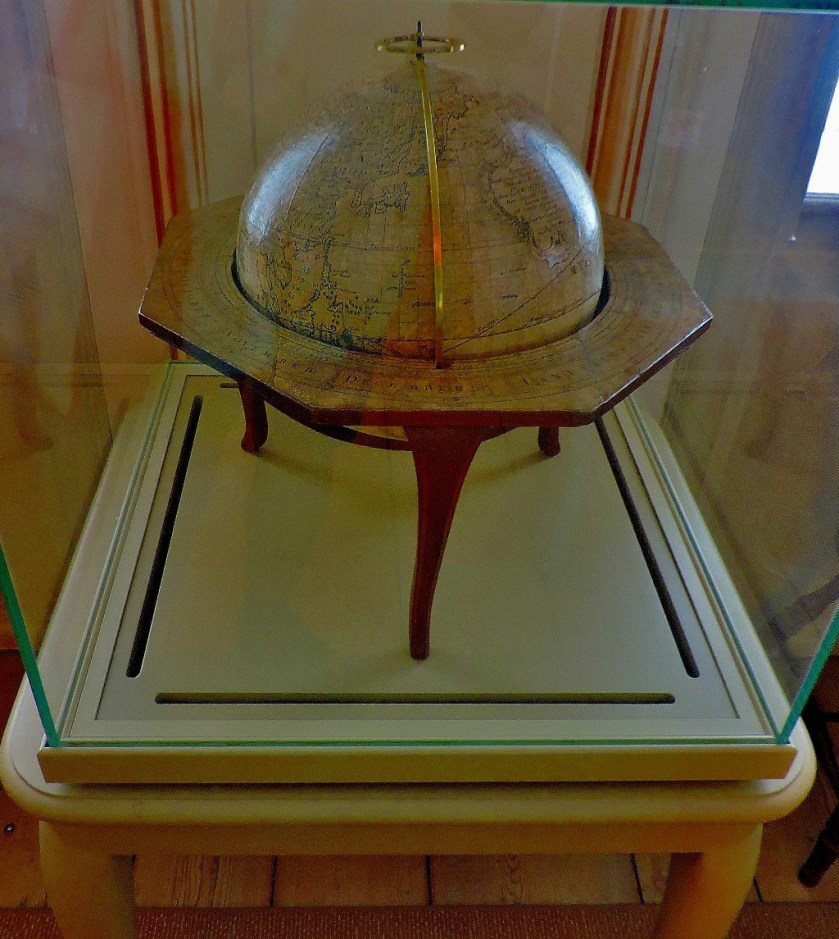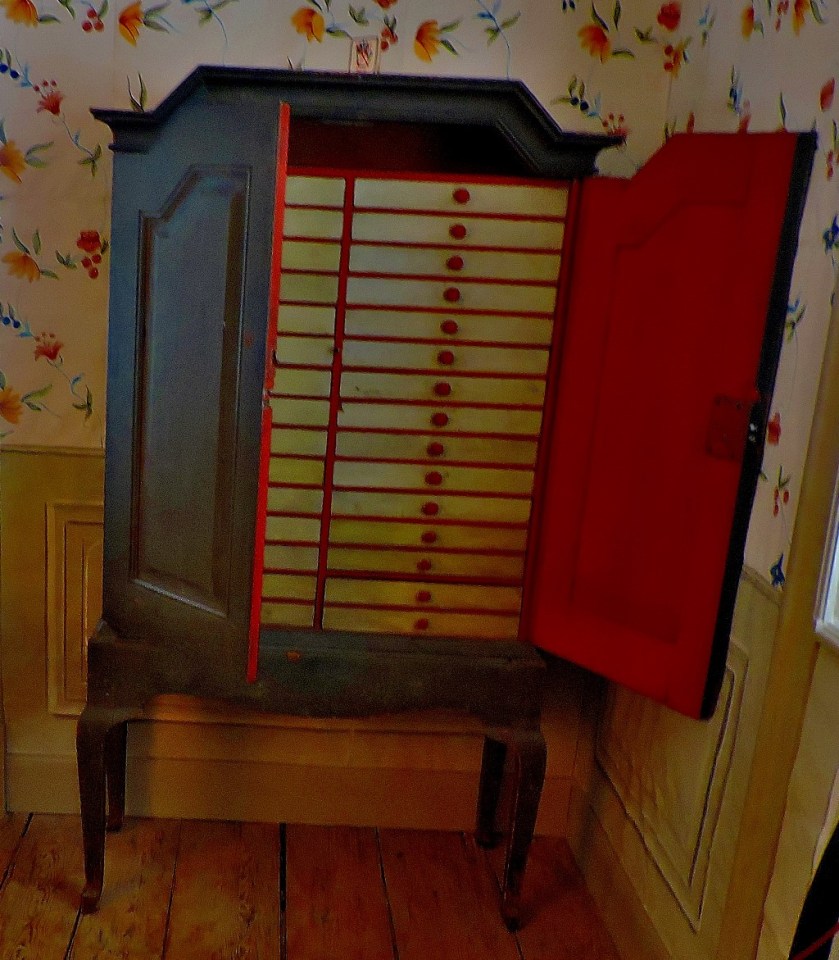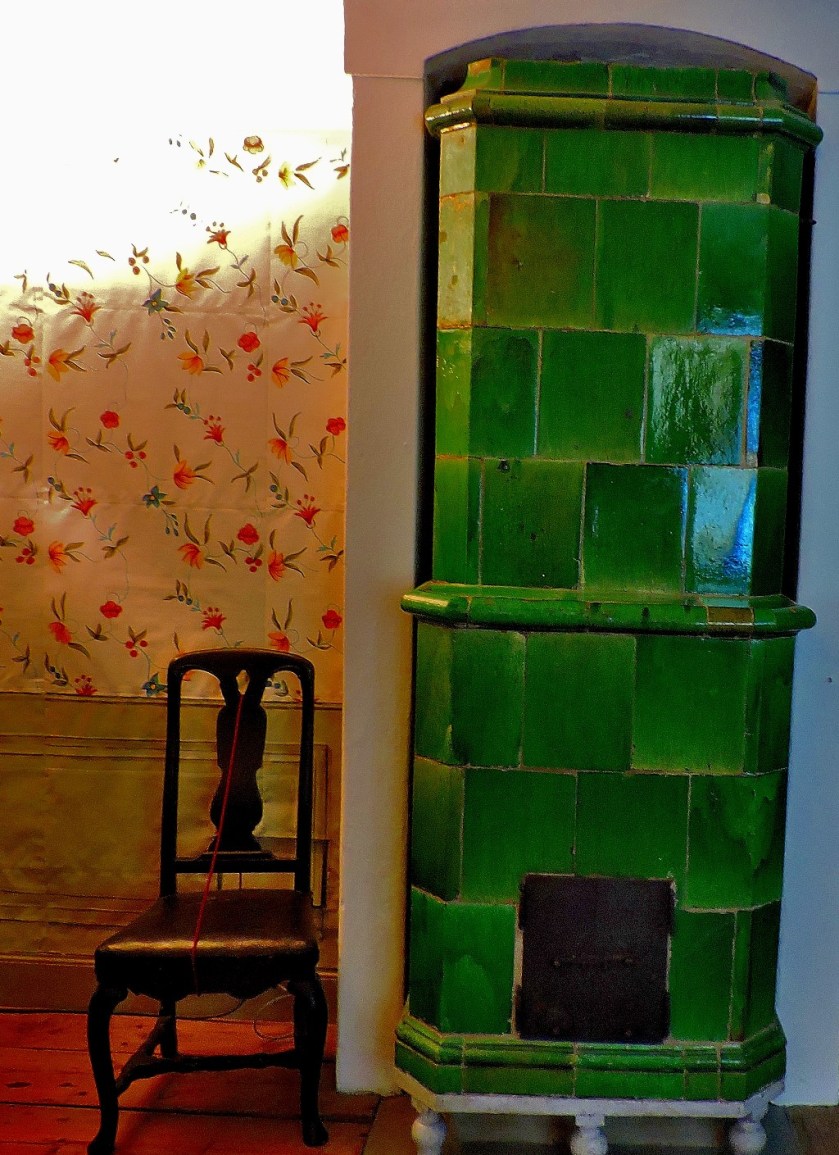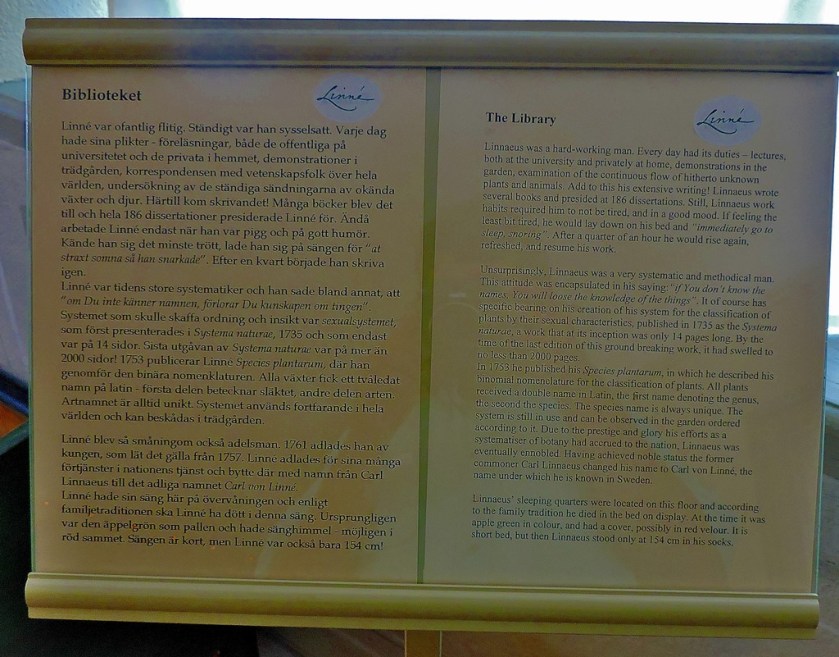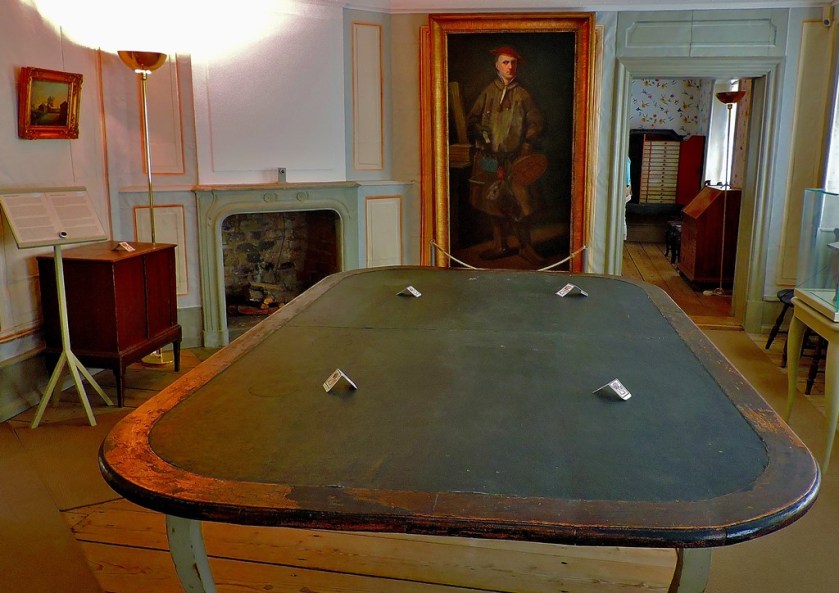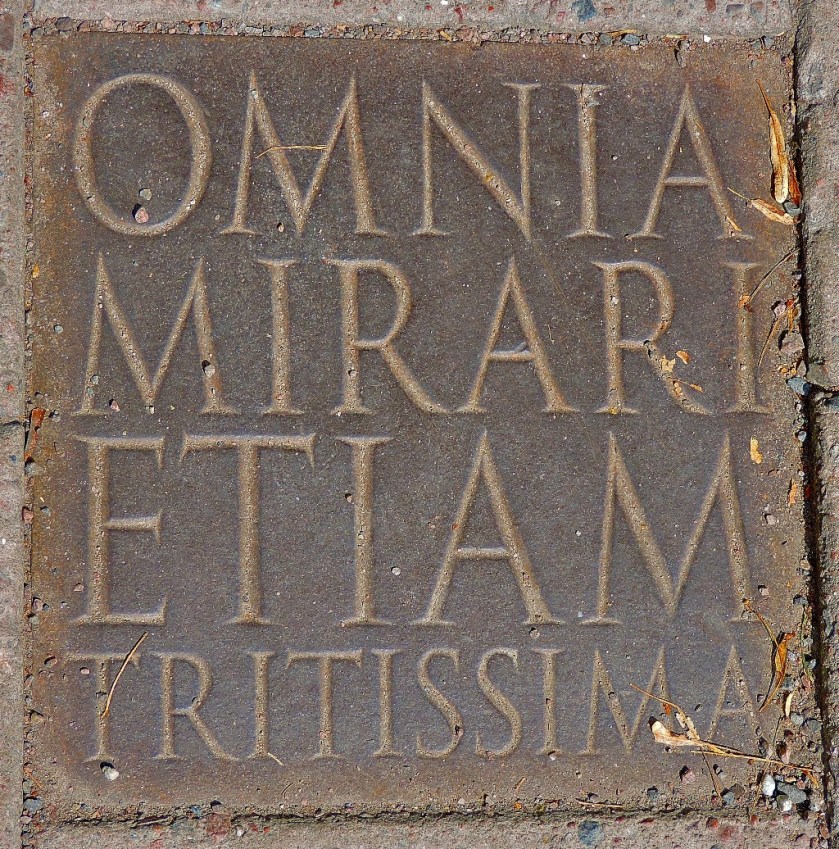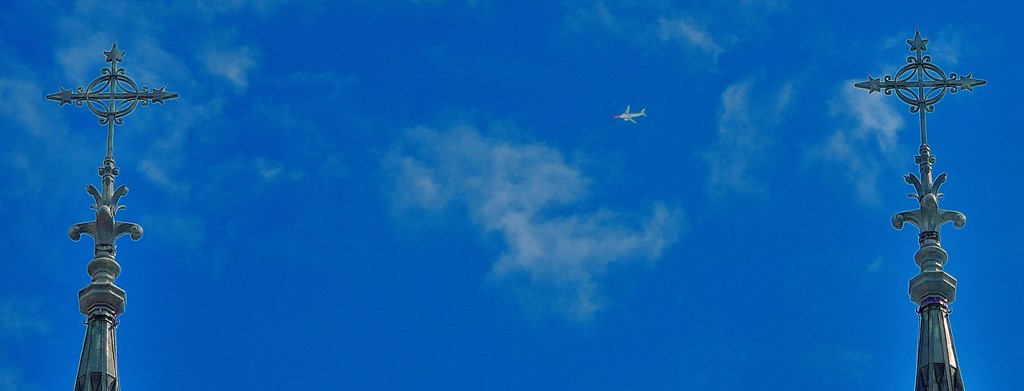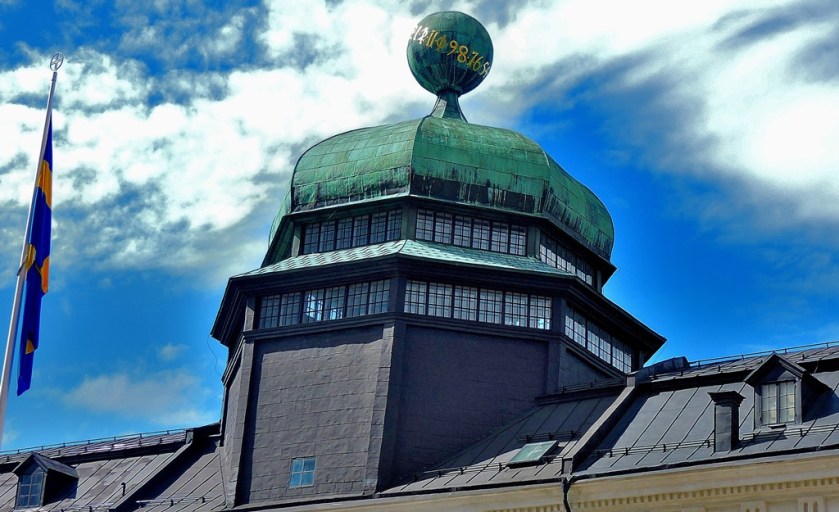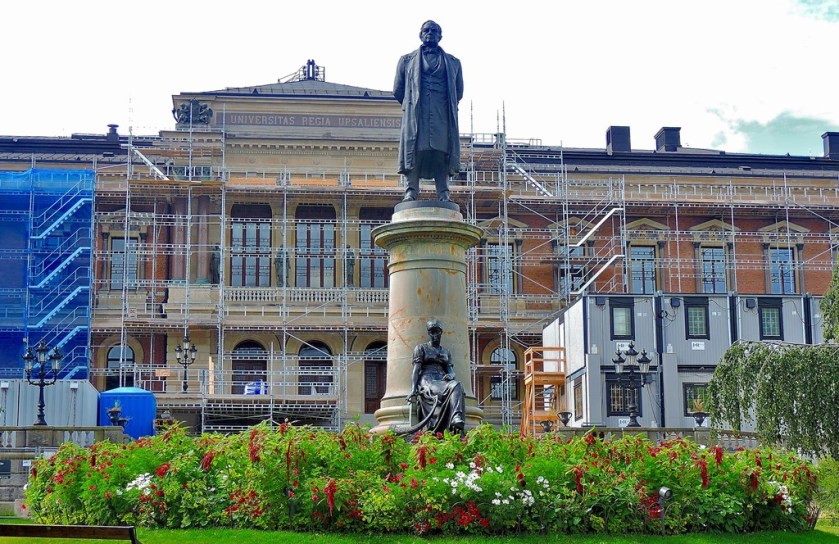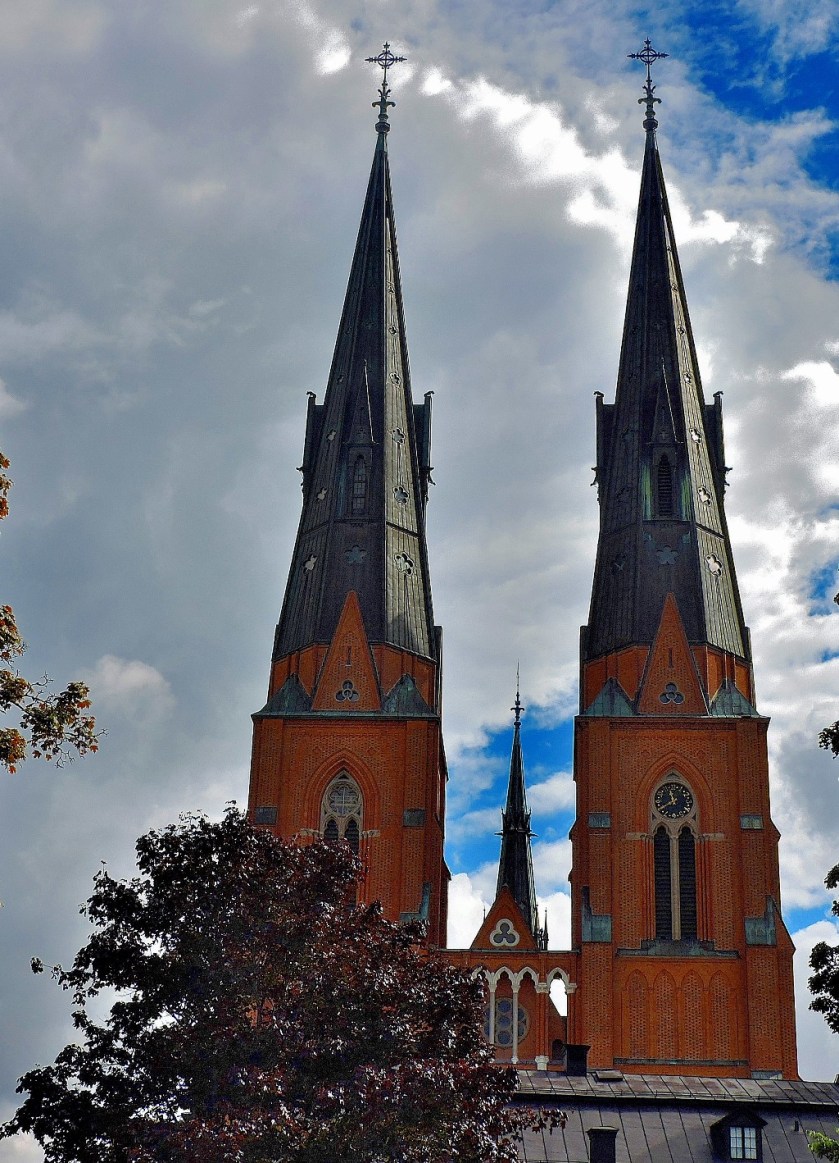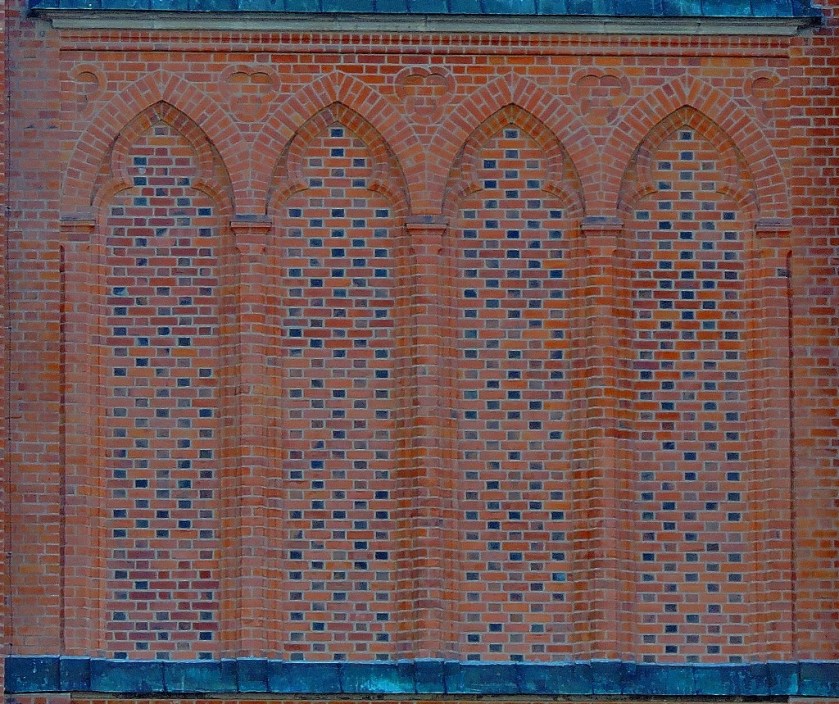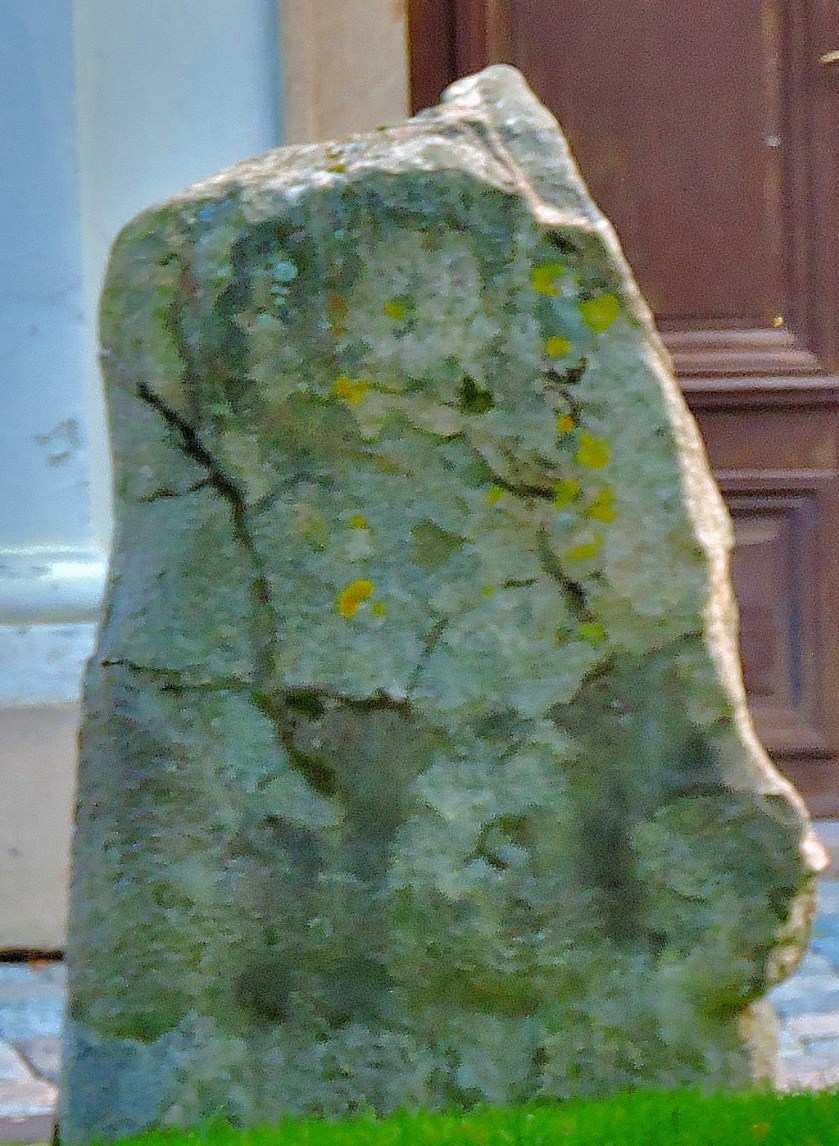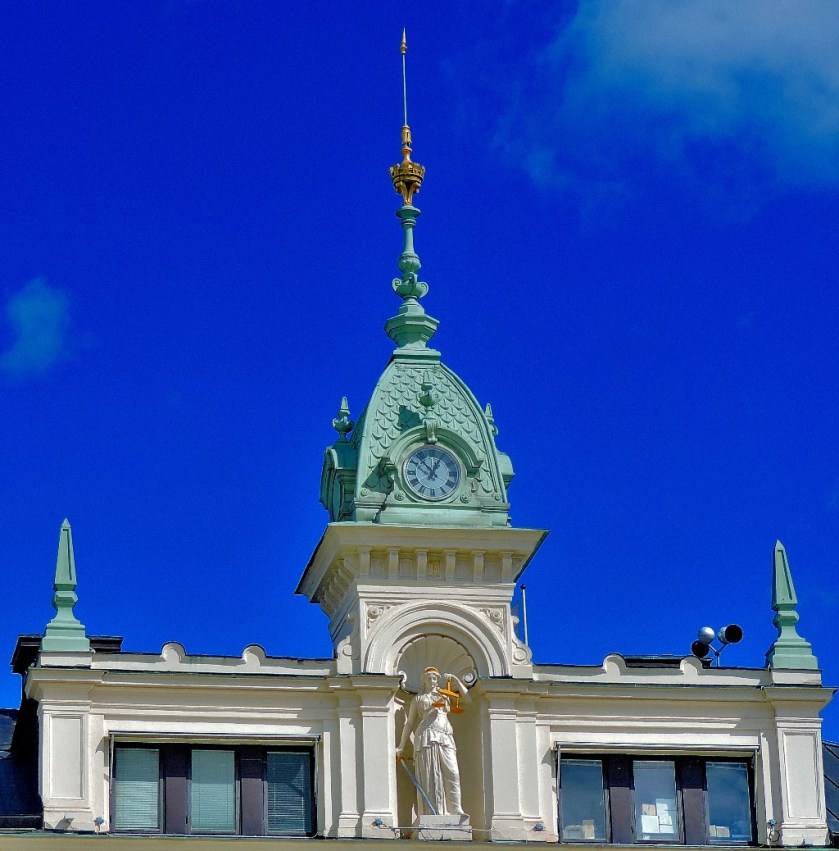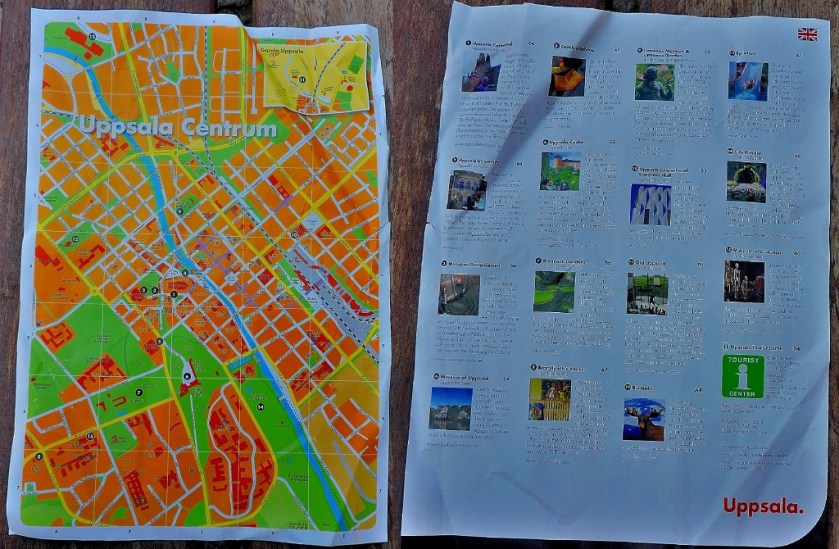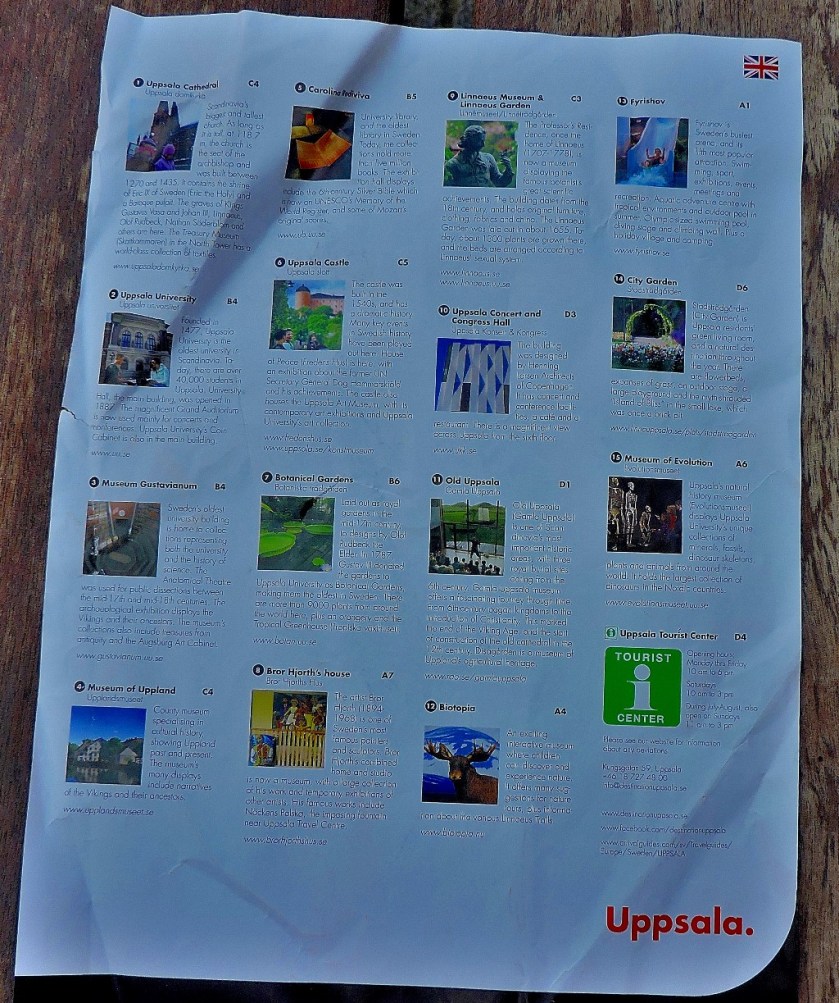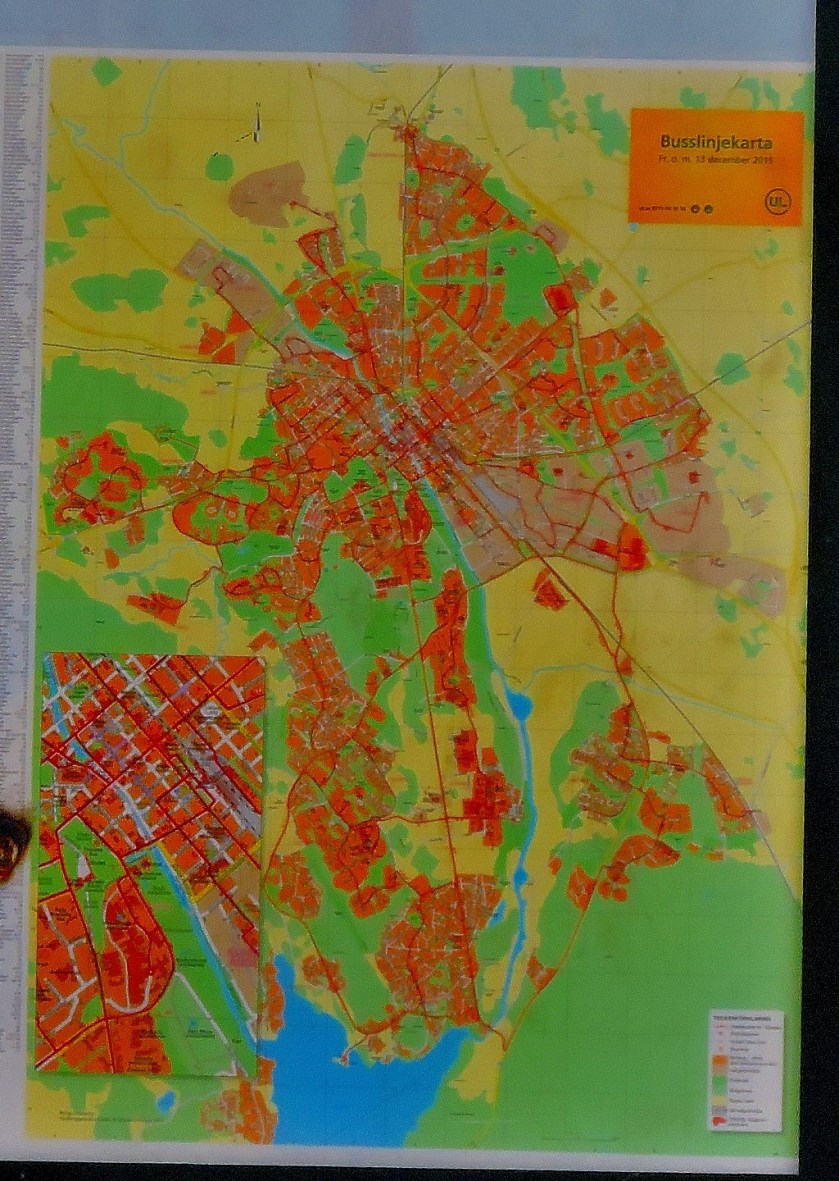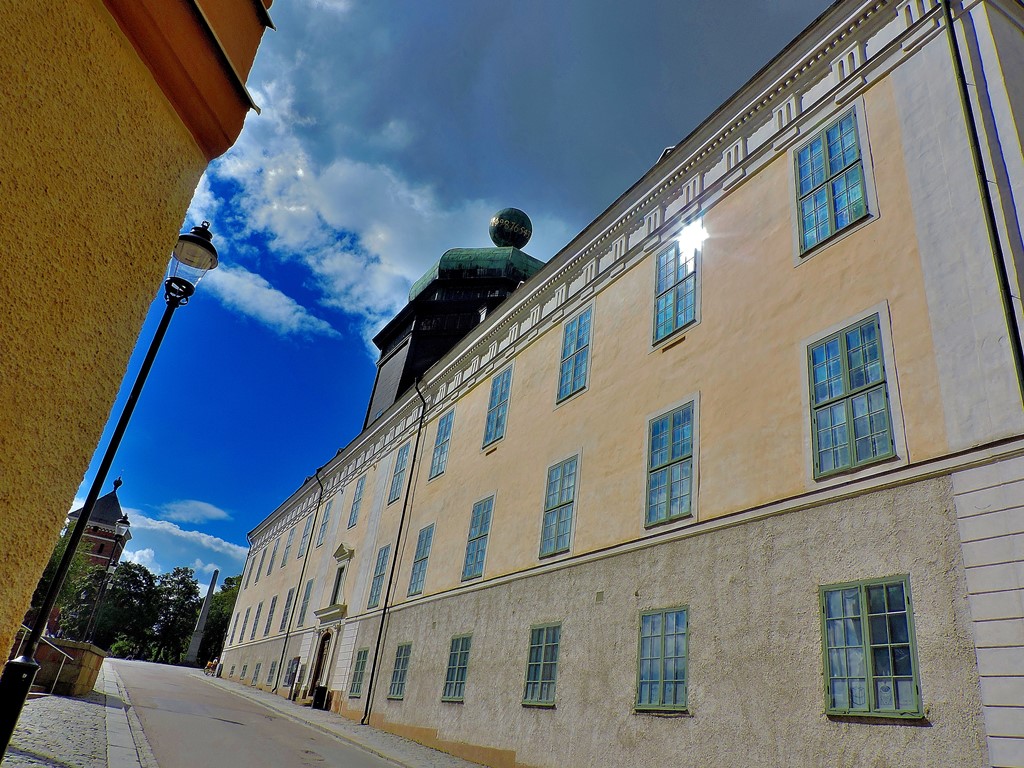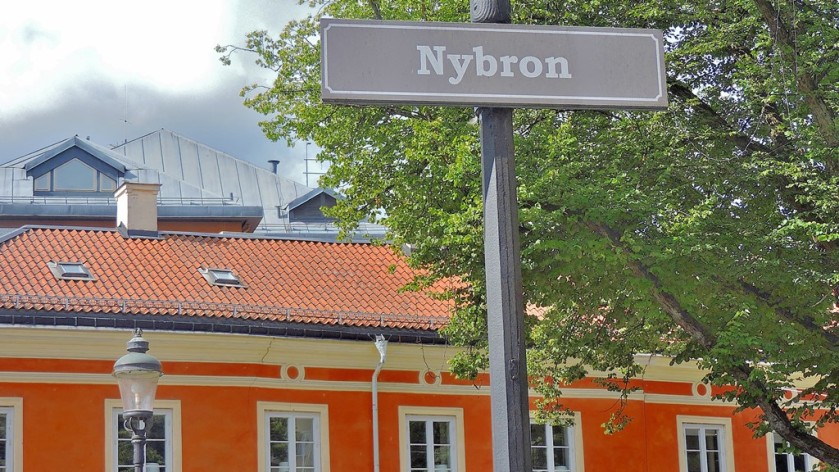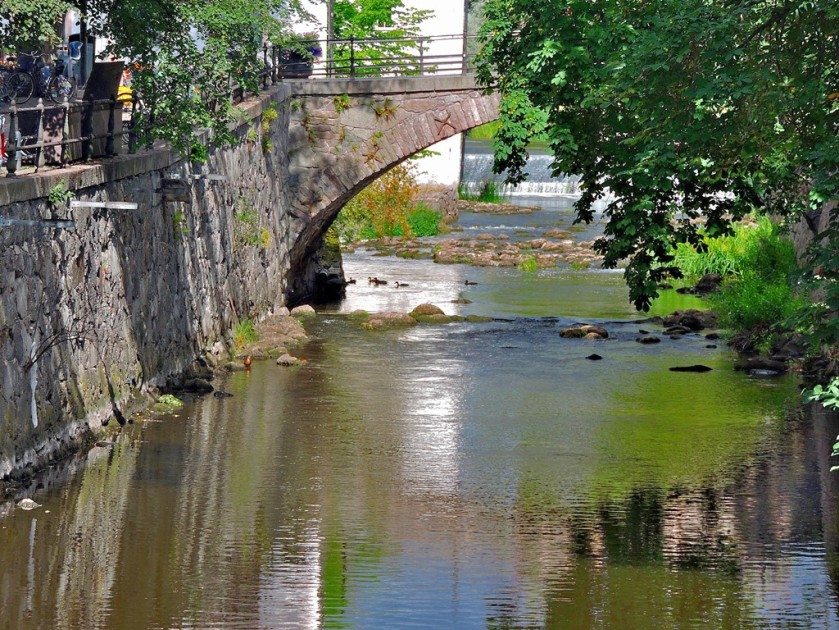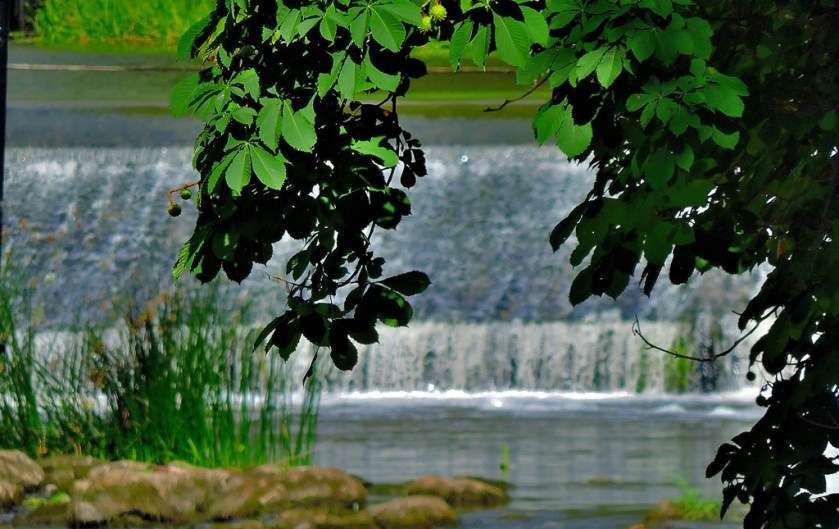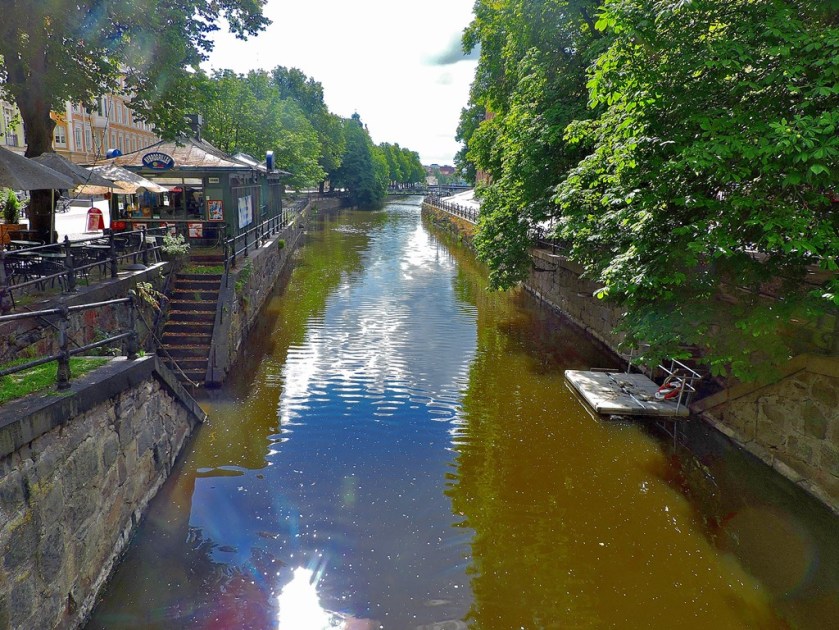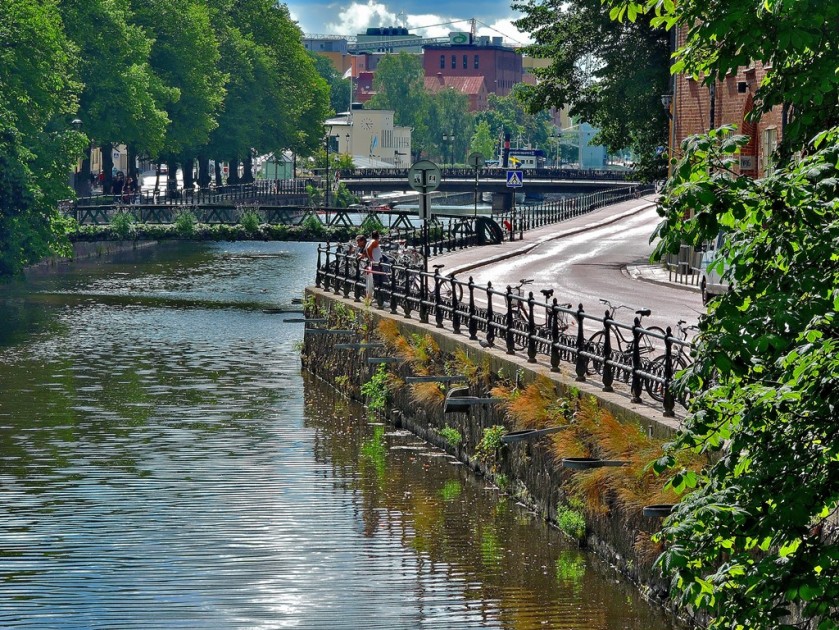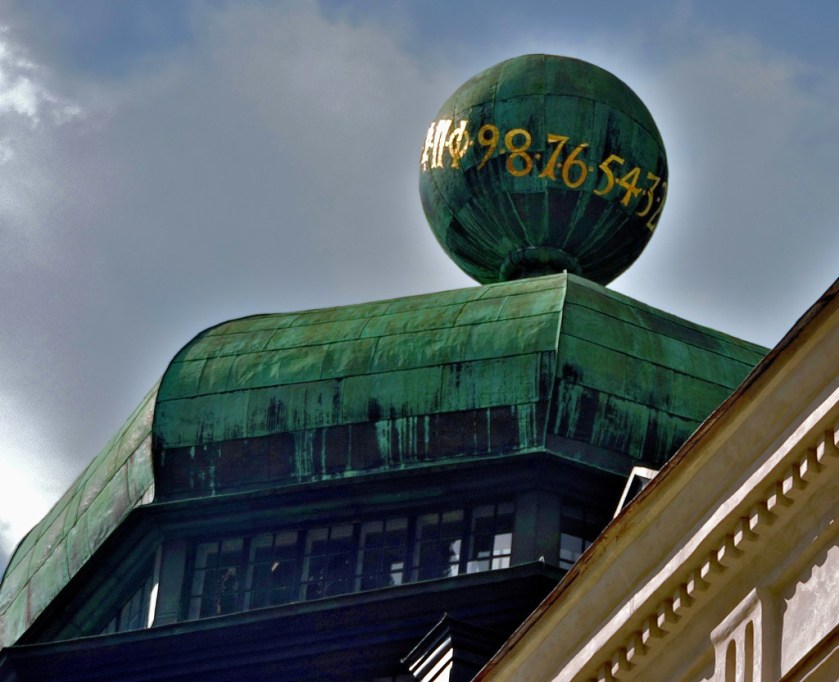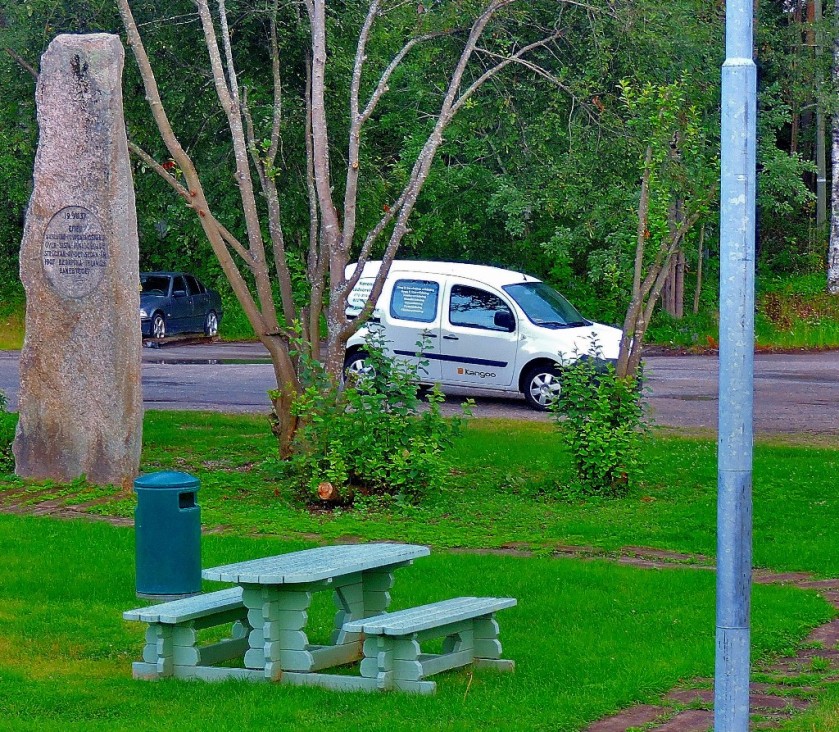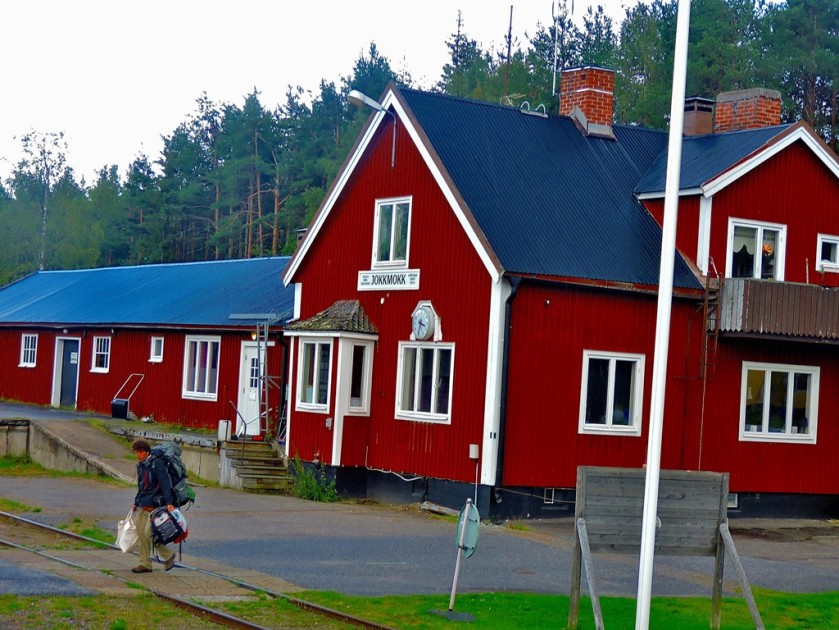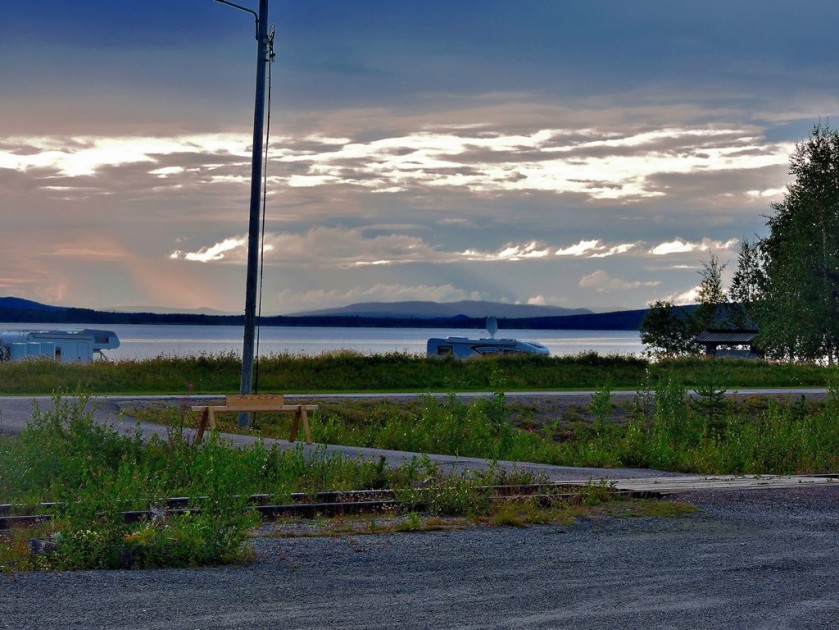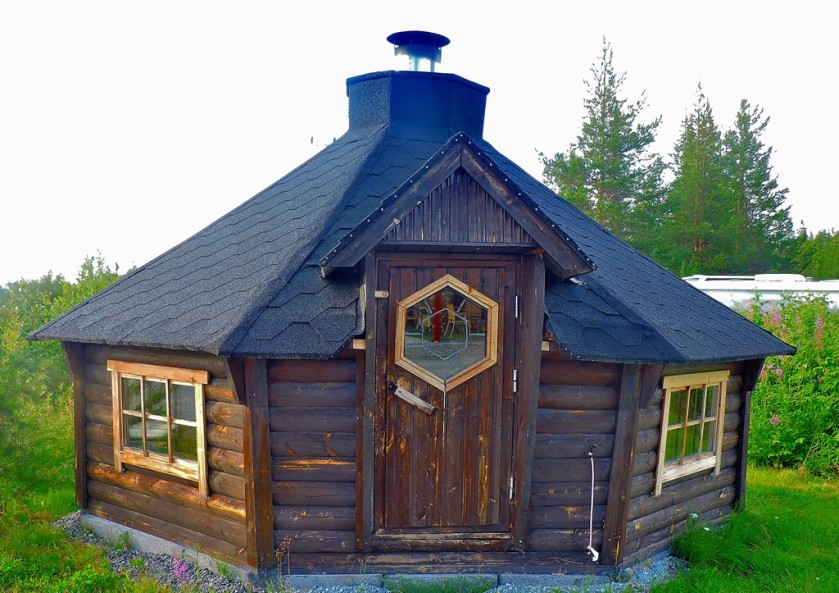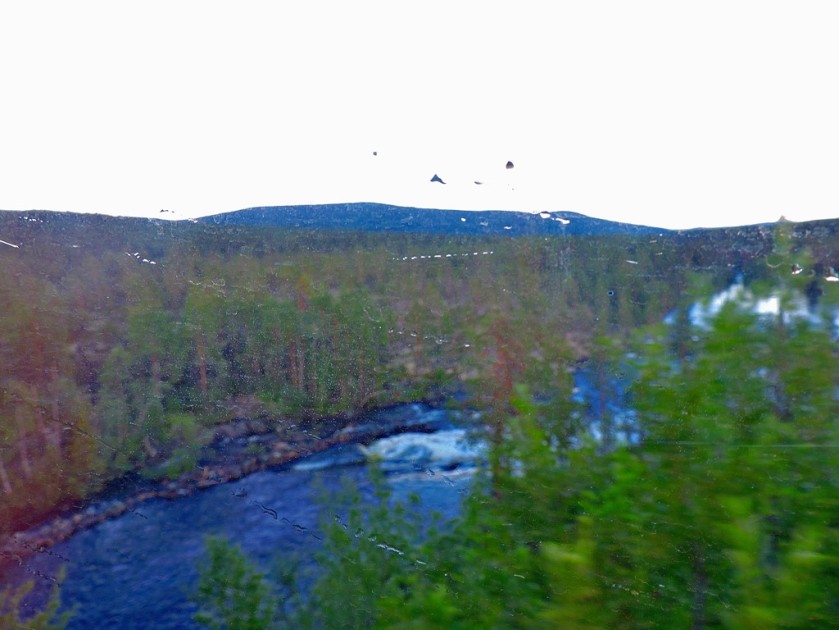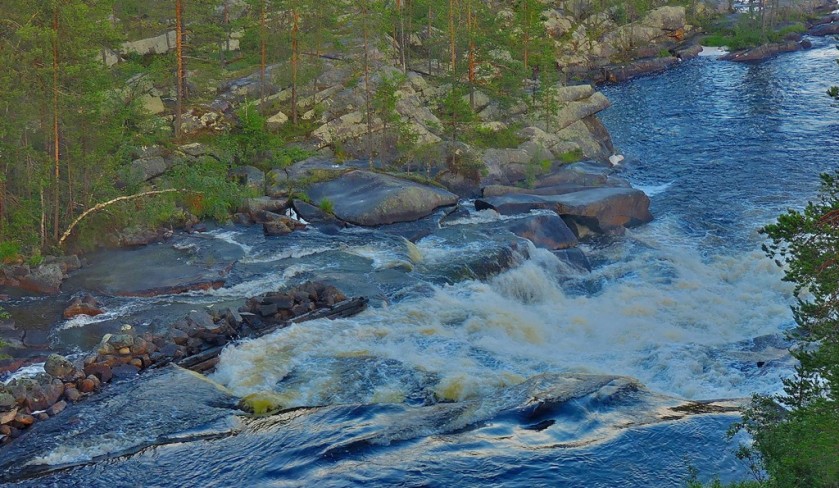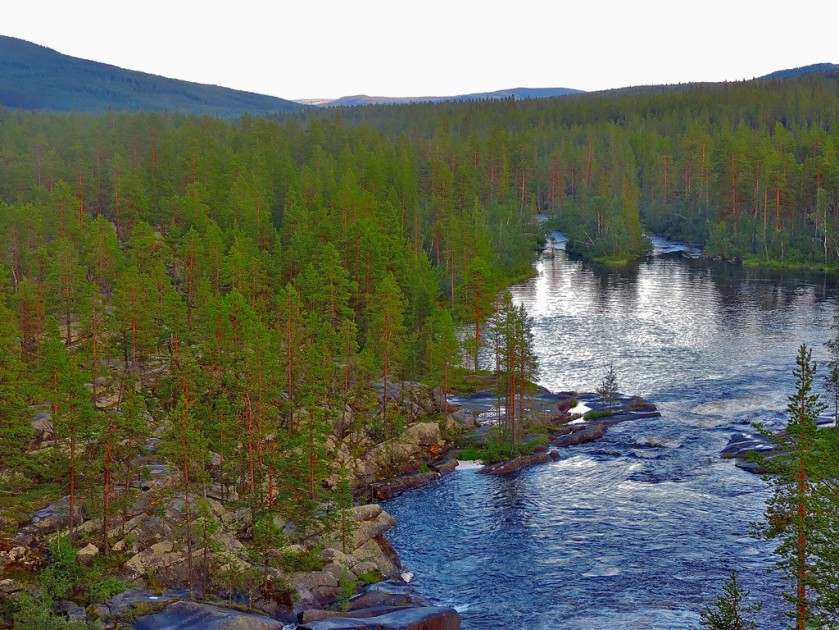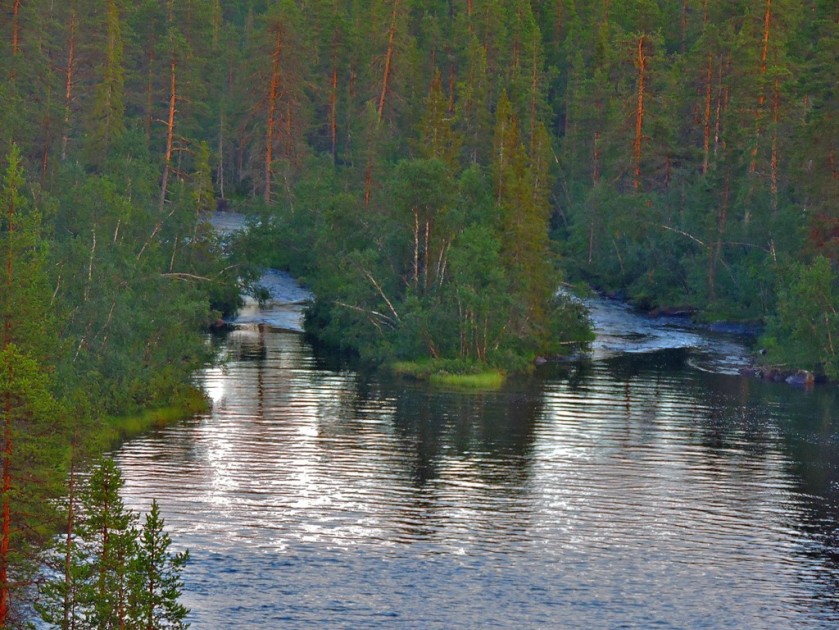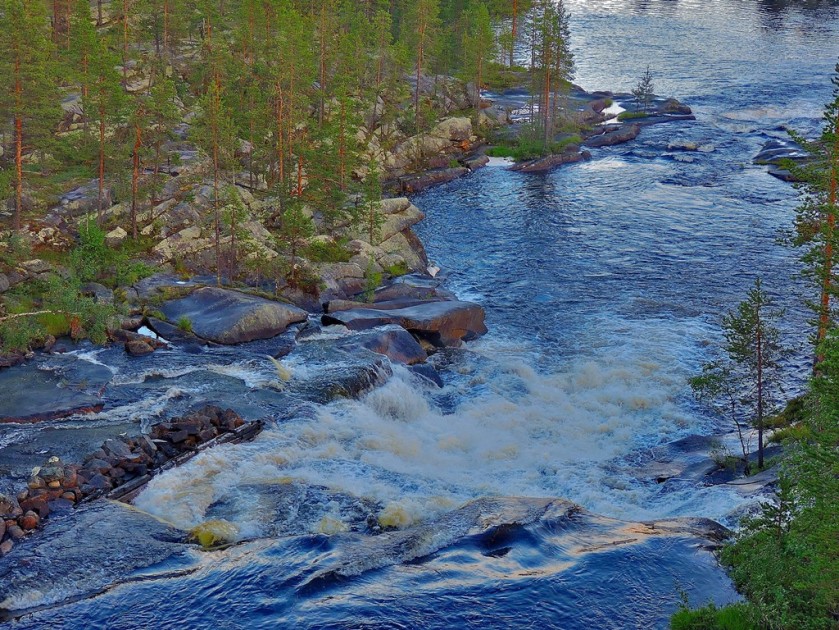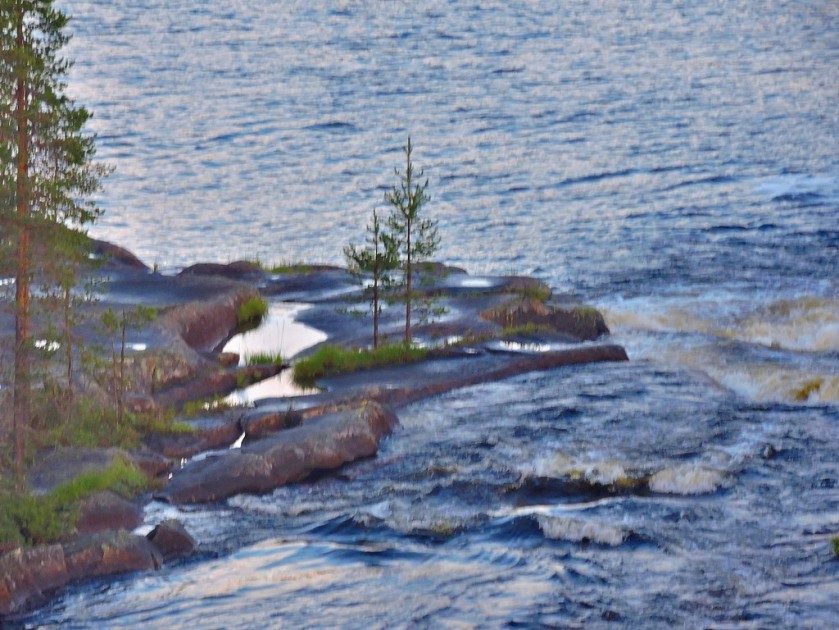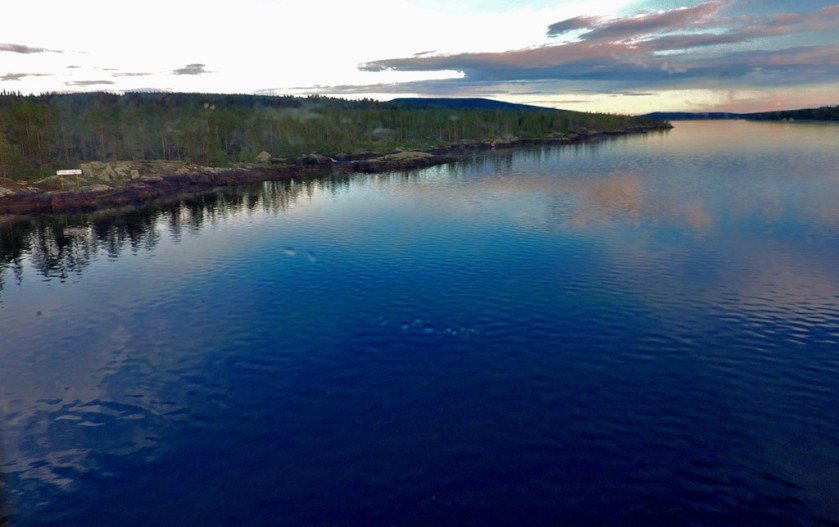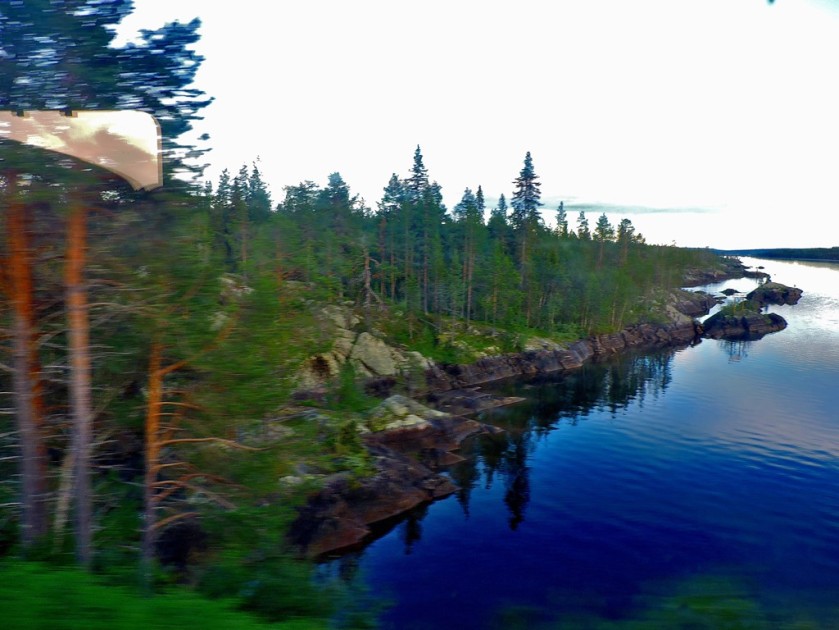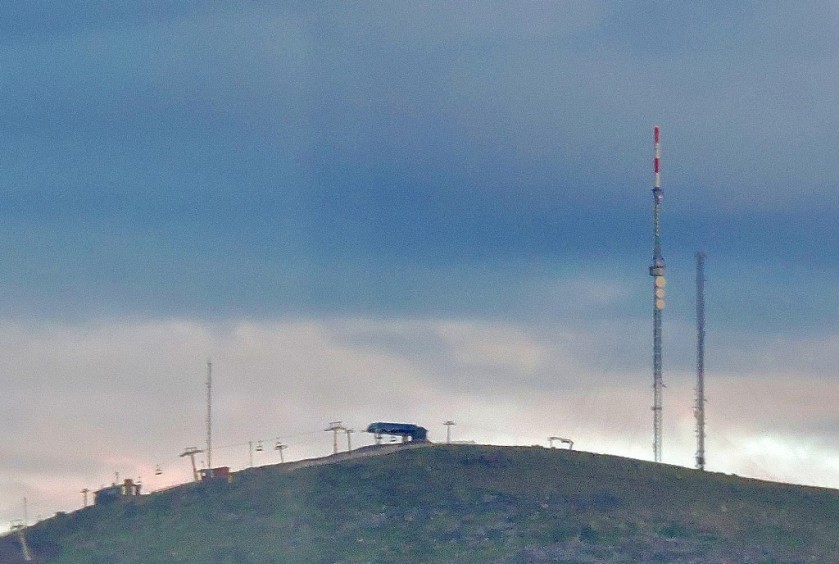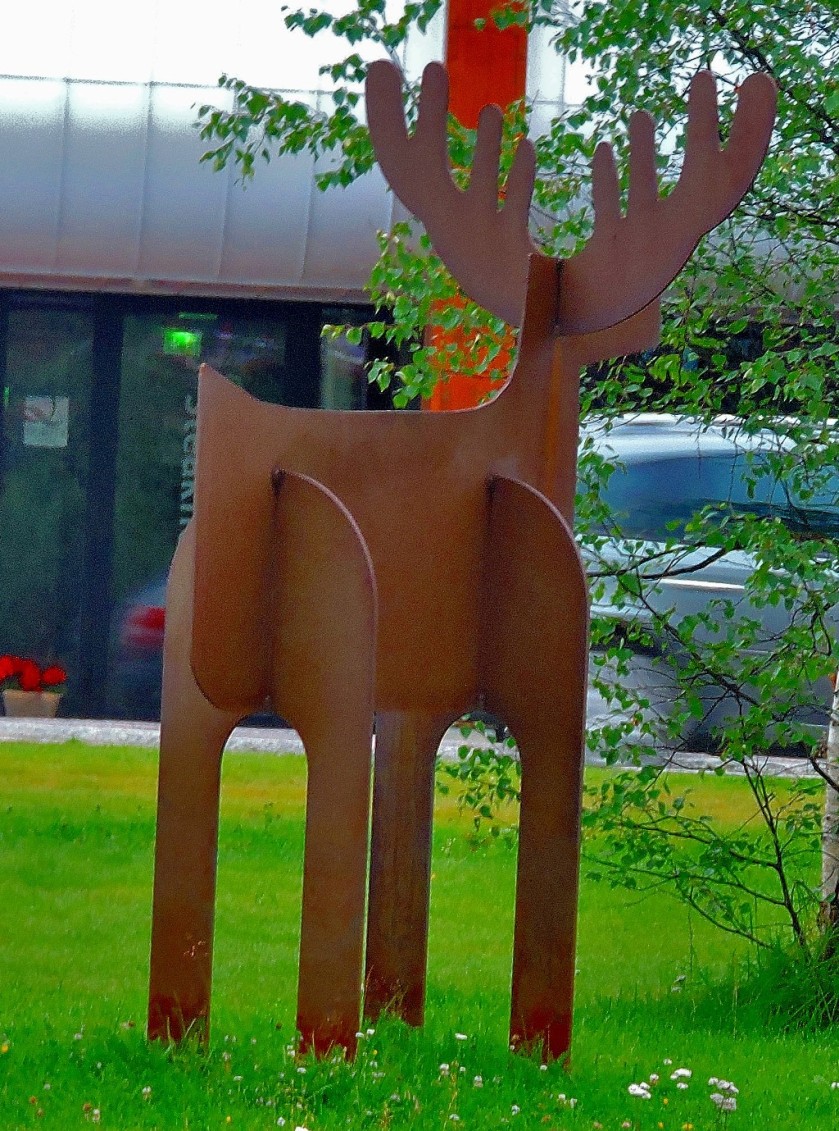INTRODUCTION
Welcome to this post which ties together my series of posts about my recent (July 29 to August 13) holiday in Sweden and functions as a sort of illustrated index to the series. Please note that barring the two Lulea maps which are public display maps as I did obtain a map of that town every map you see photographed here is available free of charge (great news for a cartophile such as myself).
THE MAPS
Maintaining chronological order for these maps we start with…
STOCKHOLM ARCHIPELAGO
This map relates to the start of the holiday, the period of July 29th to 31st, which is covered in this post:
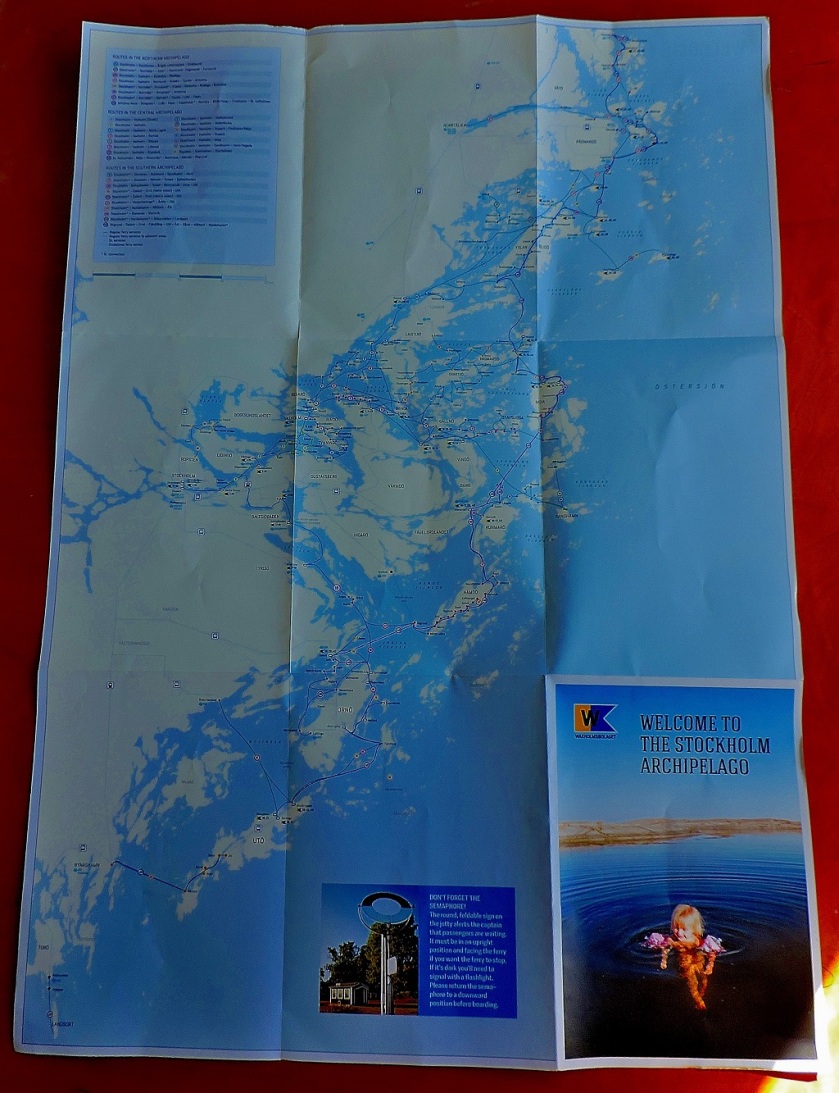
On Monday August 1st I set off on the second part of my trip, where I was travelling solo, my first stop being…
KRISTINEHAMN
This small town was significant for me as being the southern terminal of Inlandsbanan. It sits close a famous lake (bodies of water are never far distant wherever you are in Sweden) and is an attractive place in its own right.

Kristinehamn features in two posts in this series:
Preparing for Inlandsbanan – Stockholm to Kristinehamn and
Before continuing our local maps we come to…
INLANDSBANAN
I spent two days soaking up this fabulous railway experience, coverage of which ran to eight posts in the course of this series, which led to me to create a page for easy access to the whole sub=series. I have three pictures of this large double-sided map:


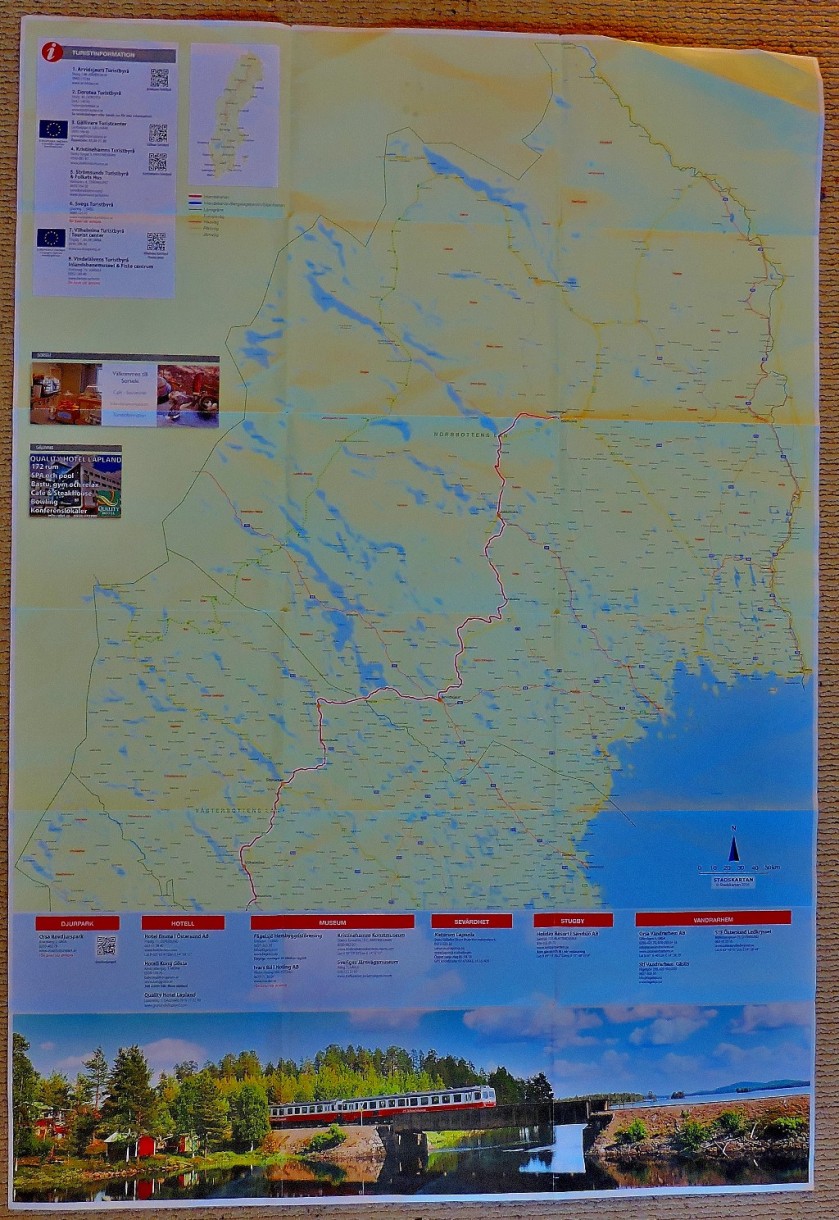
Those who followed this series will recall that my first day of travel along Inlandsbanan took me to…
OSTERSUND
I covered the section of the journey from Mora to Ostersund in two posts, using the meal stop at Asarna as a natural break point:
Inlandsbanan 2: Mora to Asarna and
Inlandsbanan 3: Asarna to Ostersund
The Ostersund map, shown below, was provided to Inlandsbanan passengers by our host for that part of the journey, Emma, who had been equipped with a block of such maps from which she peeled off individual copies:



The next place I was able too obtain a map was…
ARVIDSJAUR
This town is fairly close to the arctic cirle. The post in which Arvidsjaur features was the seventh in my Inlandsbanan subseries, meaning that by the time I got to this location all the following had happened:
Inlandsbanan 4: Ostersund to Ulriksfors
Inlandsbanan 5: Ulriksfors to Vilhelmina
Inlandsbanan 6: The Meal at Vilhelmina Norra
Inlandsbanan 7: Vilhelmina Norra to the Edge of the Arctic Circle

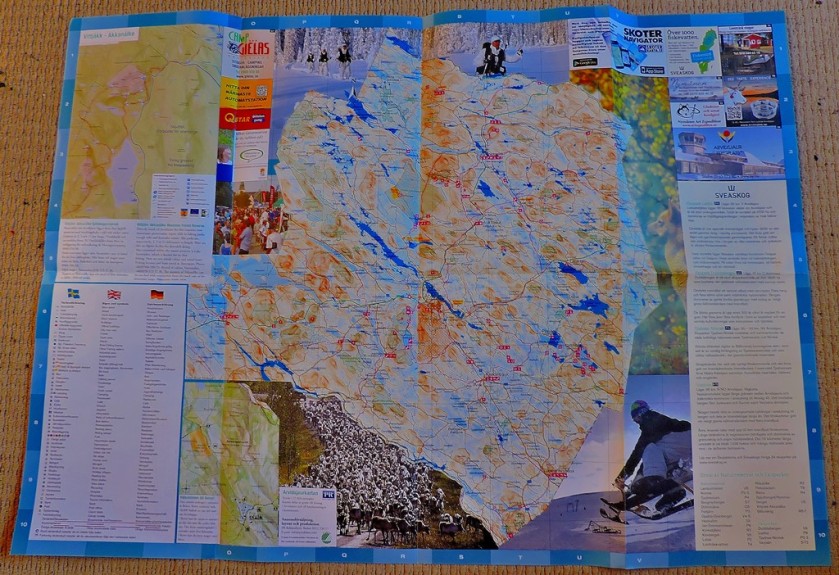

Not very long after this came the end of the Inlandsbanan journey at…
GALLIVARE
As with the Osttersund map this one was provided for passengers by our train host, in this case Andreas, although unlike the Ostersund map it was large enough to warrant being folded, and hence could not be transported in the way that one was…
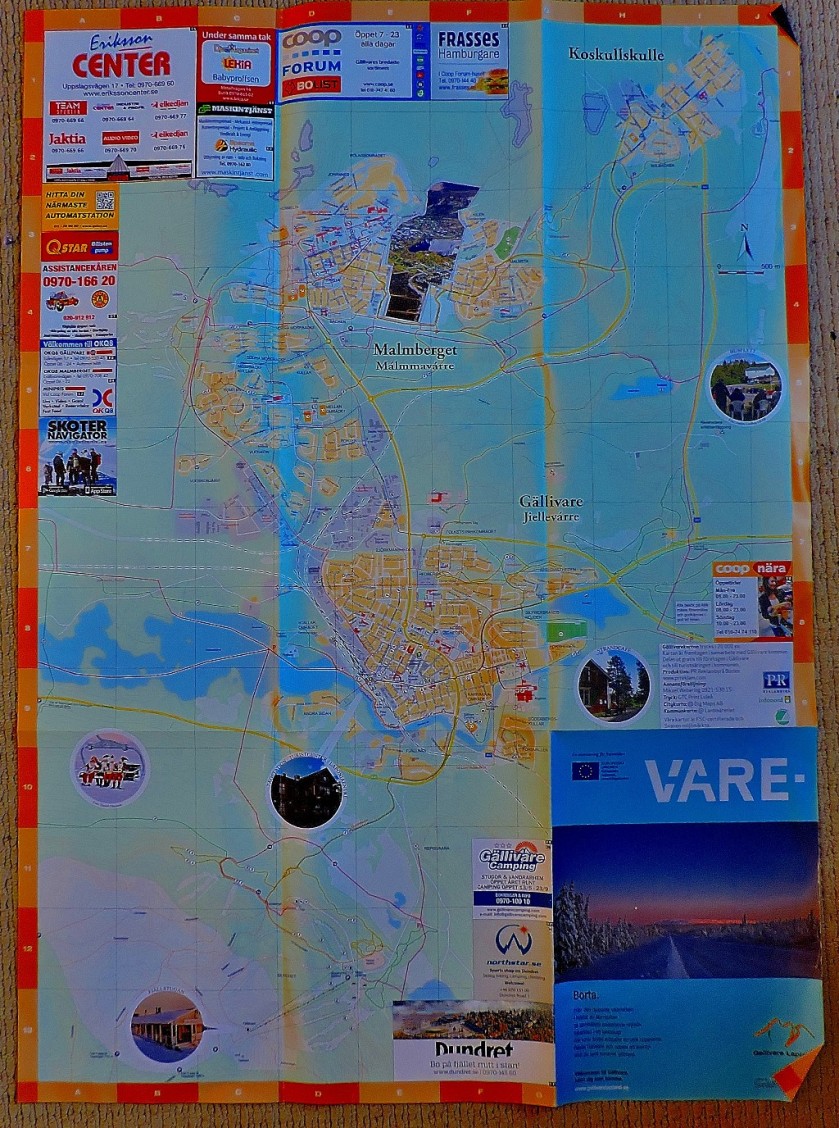


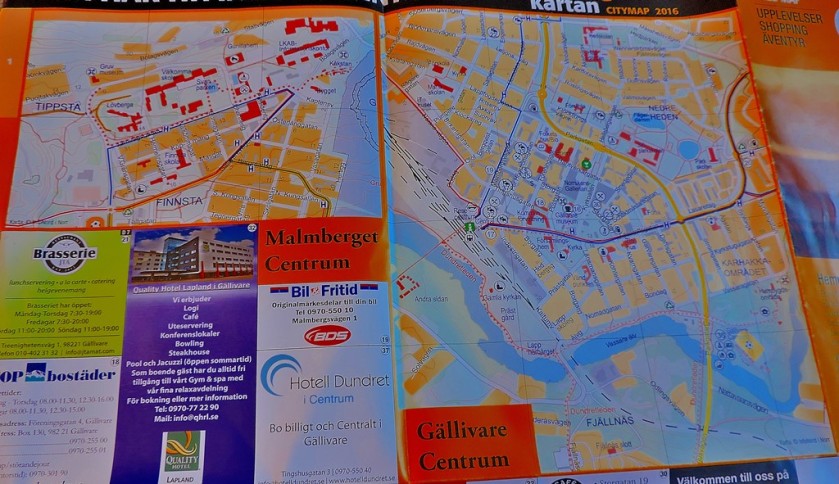
The post to which the above pictures relate was the last in my Inlandsbanan subseries:
Inlandsbanan 8: Tis Better to Travel Hopefully Than to Arrive
My next port of call was…
LULEA
An attractive town that sits at the northern end of the Gulf of Bothnia, Lulea was the only place I visited for any length of time that I did not get a take home map of, but I have two good pictures of public display maps:
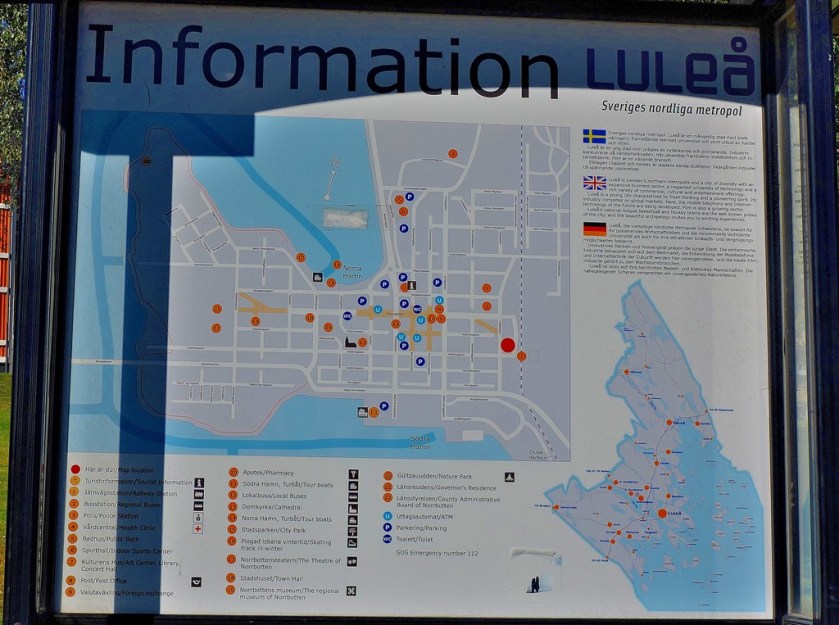
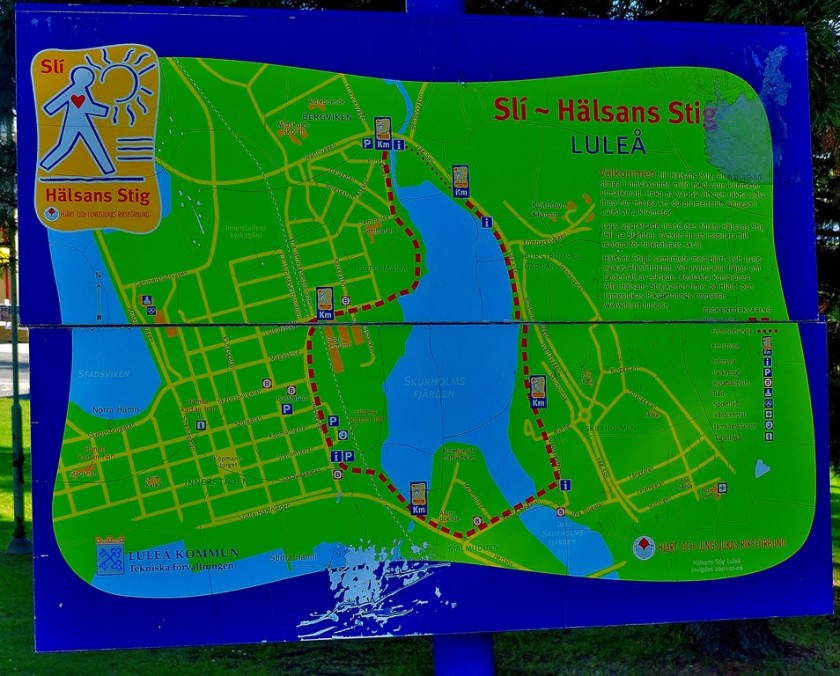
My stay in Lulea accounted for four blog posts:
Exploring Lulea: Icebreakers and Mythology
Exploring Lulea: The Other Side of the Tracks
From Lulea I caught on overnight train to…
UPPSALA
The map of Uppsala tthat ii was equipped with at the tourist information office had details of various attractions printed on the back…
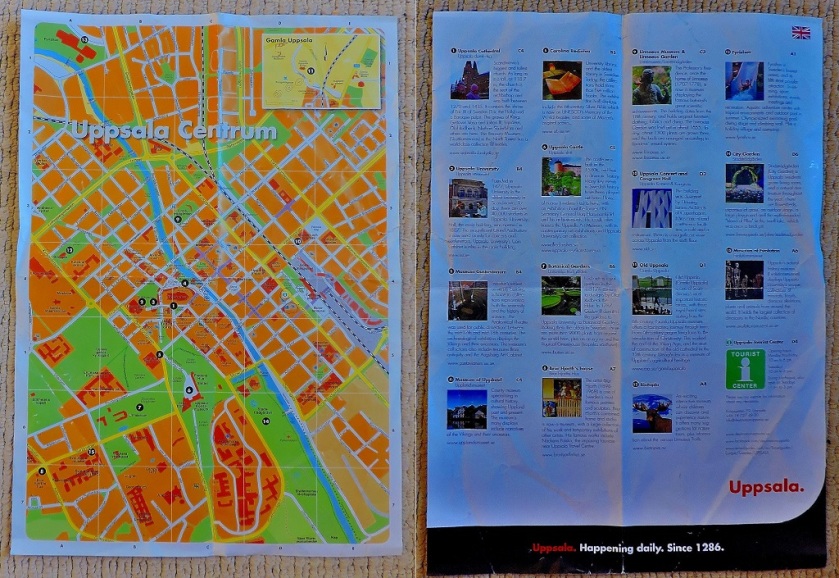
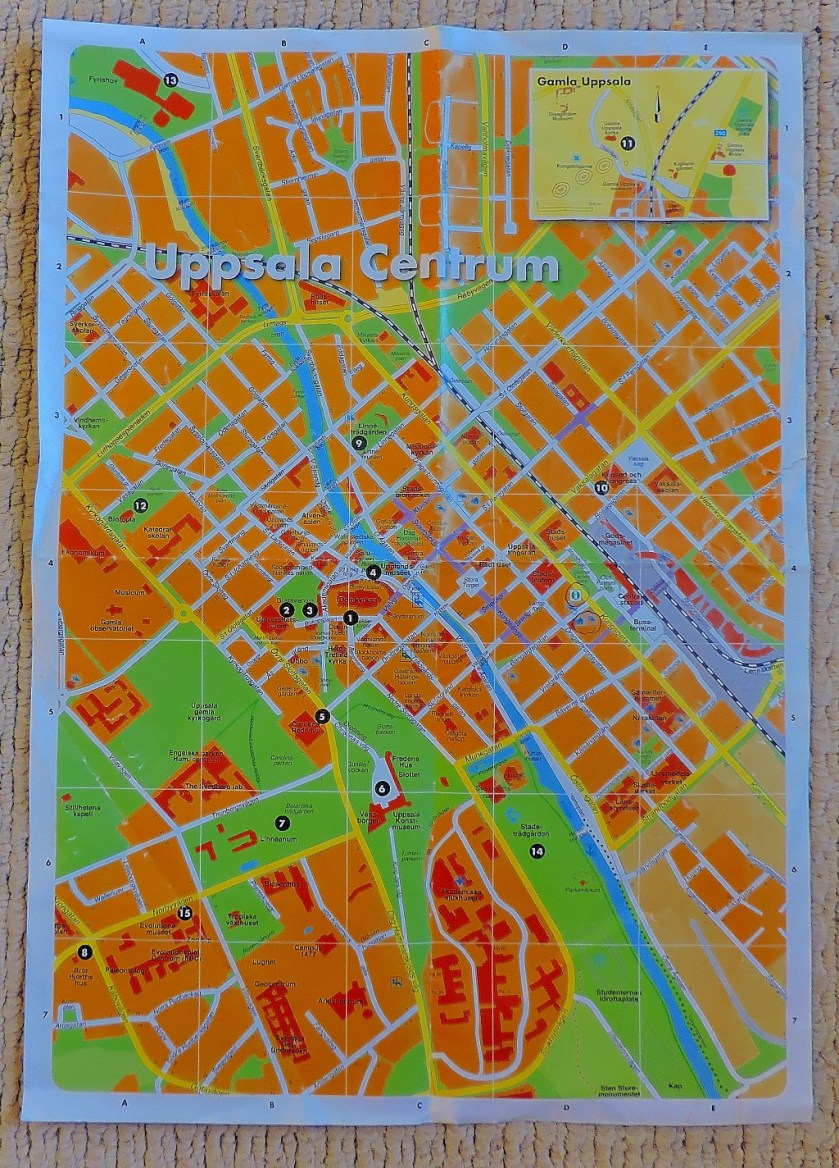
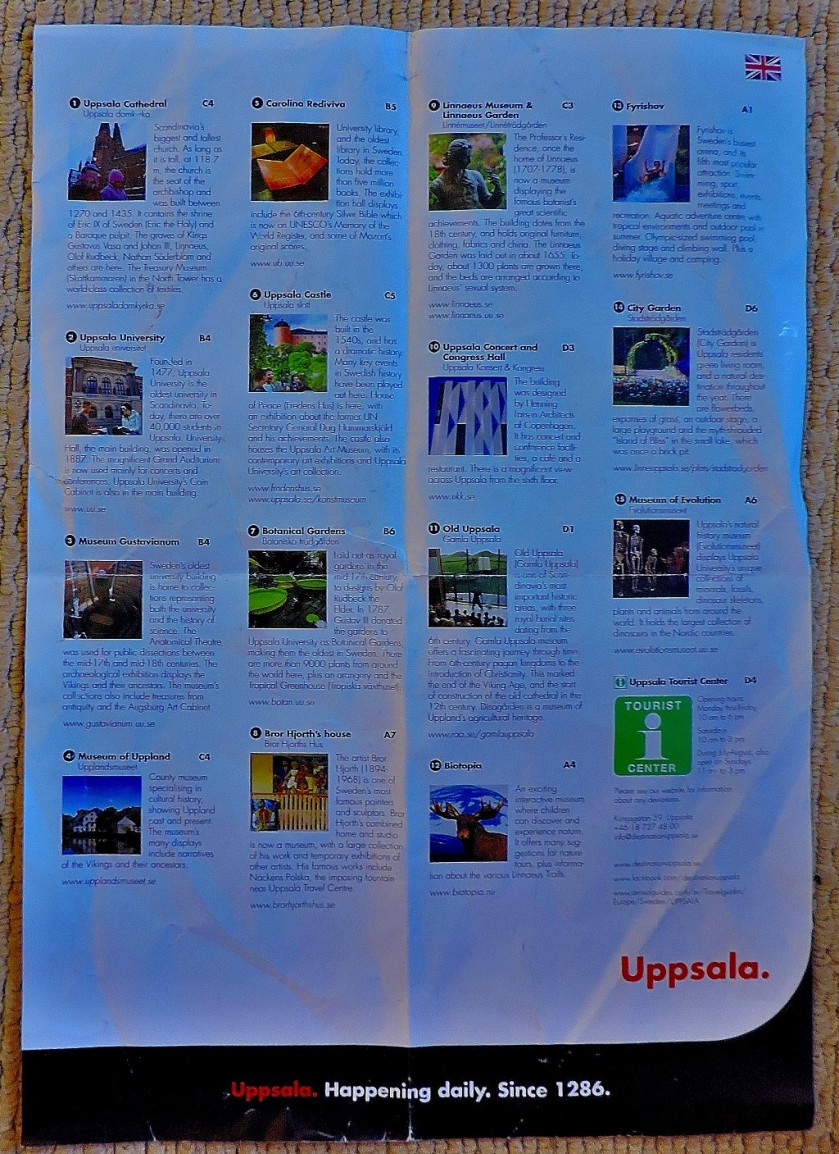
Uppsala provided me with six blog posts worth of material – anyone who is up for a little challenge is invited to work out how many of the attractions listed above get mentioned in the course of the series of posts:
Uppsala – A Bit More Exploring Before Checking In
Sunday in Uppsala – The Botanic Gardens and Carolina Rediviva
As the title of the last post listed above suggests, my next port of call was…
MALMO
The map of Malmo, provided by the STF Hostel in which I stayed for two nights, was A3 sized (twice as big as the Uppsala map), but had only advertising on the reverse, hence me not bothering to photograph that side…

Malmo featured in three posts in this series:
As with the Uppsala series, the title of the final post featuring Malmo gives a clue as to my next port of call…
GOTHENBURG
The Gothenburg map, provided by the tourist information office, has useful information on both sides…
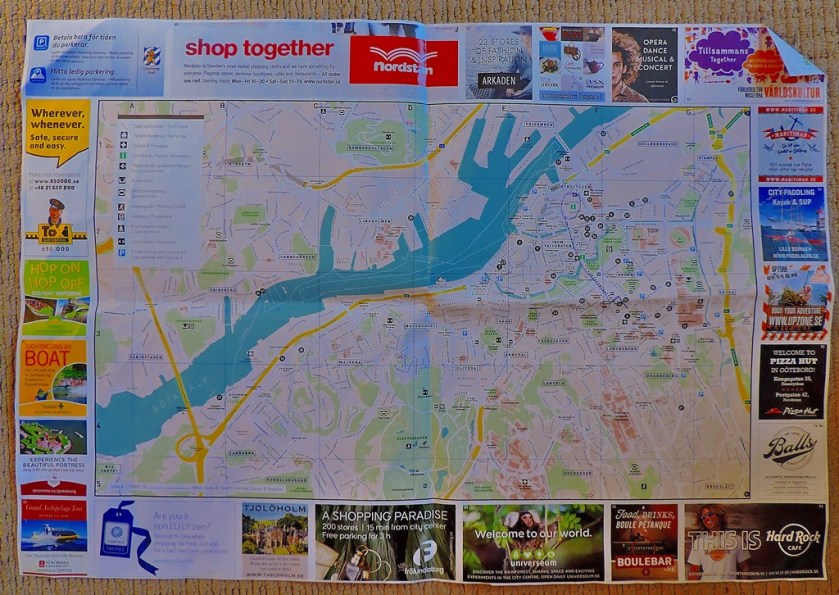

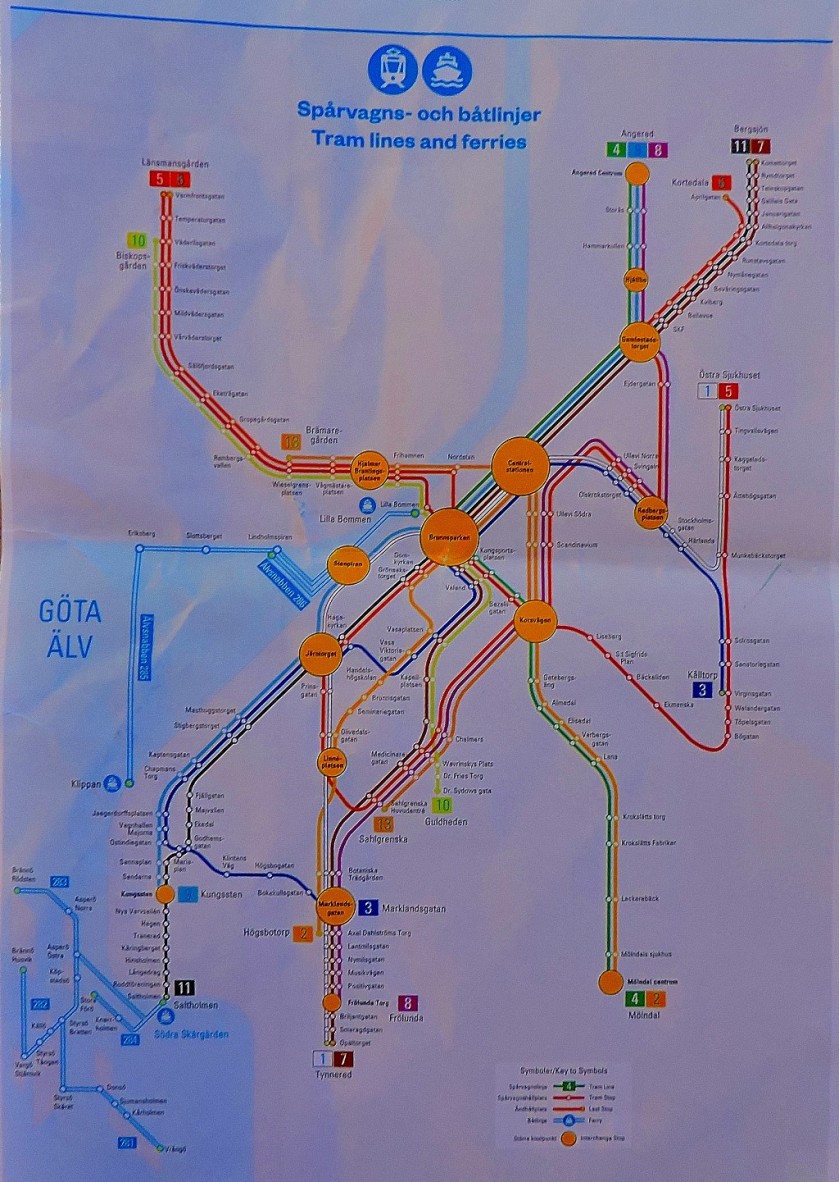
I stayed only the one night in Gothenburg, en route back to Stockholm for the last two nights of my stay in Sweden, which explains why this very impressive city only features in two posts:
Having started in the Stockholm Archipelago we have come almost full circle, as we head to…
STOCKHOLM
The map of Stockholm, which I obtained at Stockholm Central station, is a large folding map, with much of value on both sides.
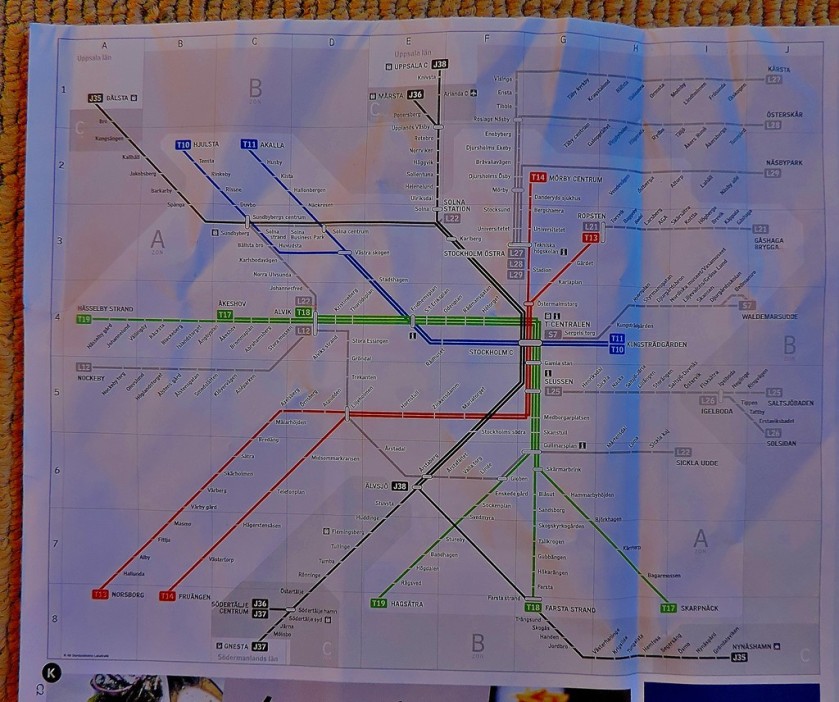



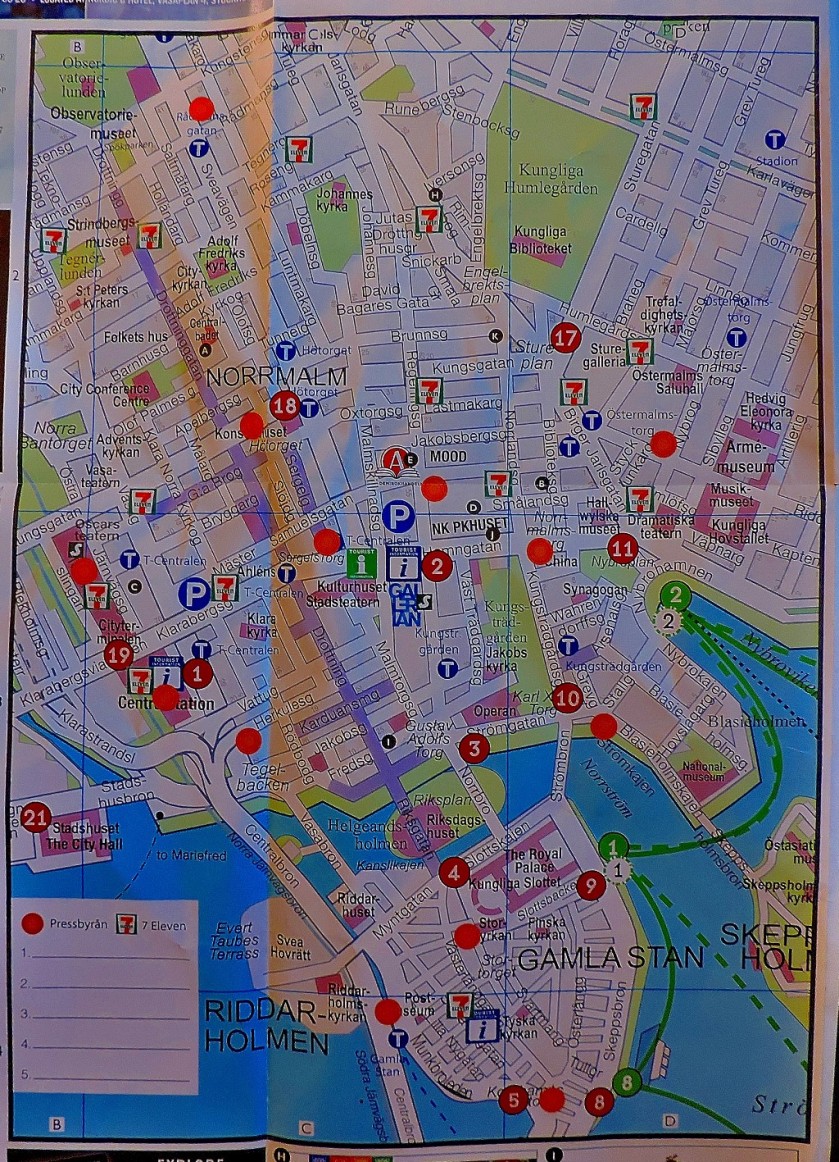
The city of Stockholm features in three posts in this series:
In spite of the title of the last post shown above this post is not quite done yet, because being the keen student of public transport systems that I am I could not ignore one of the most remarkable I have yet encountered…
TUNNELBANA
The heading above contains the colours of the three lines that make up Tunnelbana, with the blue line given an extra letter over the others because of its cave-like appearance. Here is a diagram of the Tunnelbana system:

Tunnelbana has a whole long post to itself, and also provided my response to one of Maria Jansson’s photographic challenges:
I hope that you enjoyed this ‘maps special’ and that some of you will find it useful as a means of accessing my series of posts about Sweden. For those who have enjoyed the maps, i draw your attention to a blog that is dedicated to maps.

